Creating a functional and stylish dining area in a compact footprint requires thoughtful planning and creative solutions. Below are 20 small dining room ideas—each with practical tips and design inspiration—to help you maximize space without sacrificing style.
1. Built-In Banquette Seating
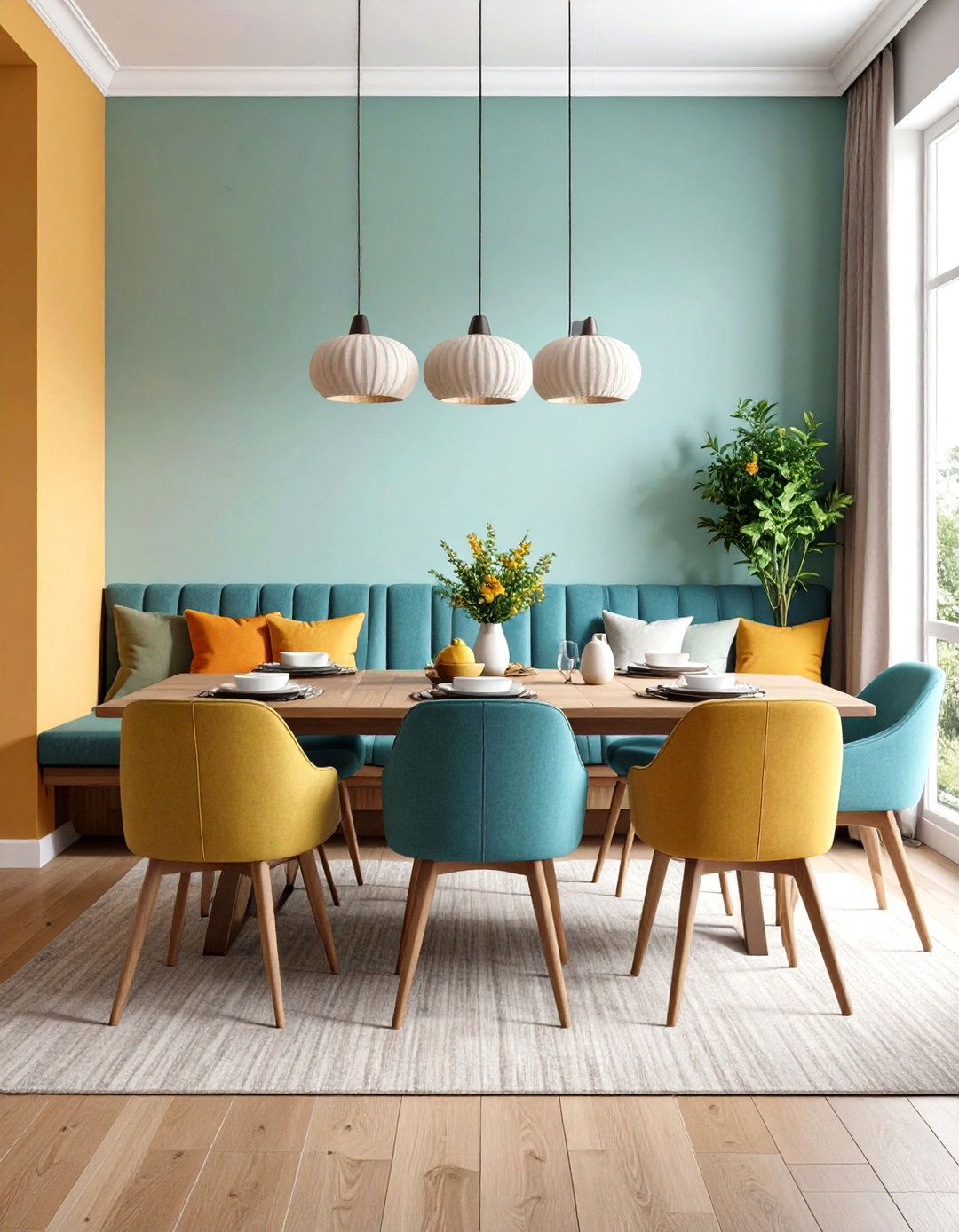
Incorporating a built-in banquette or bench along one wall takes advantage of awkward corners and frees up floor space that traditional chairs occupy. Bench seating can be customized to fit perfectly against walls or inside alcoves, and adding under-seat storage keeps linens, board games, or extra tableware neatly out of sight. Cushions and throw pillows can introduce pattern and color without overwhelming the room, while a continuous seating line visually expands the area. Banquettes also encourage a cozy, communal atmosphere that makes mealtime feel intimate and inviting.
2. Drop-Leaf and Folding Tables

Drop-leaf or folding tables offer the ultimate in space savings, expanding to seat guests when needed and collapsing to a slim console when not in use. Available in styles from mid-century modern to farmhouse chic, these tables can be wall-mounted or freestanding. A drop-leaf design with sturdy brackets avoids the bulk of fixed tabletops, while portable folding models can be stored in a nearby closet. Both options allow flexibility in traffic flow and open up valuable square footage on non-dining days.
3. Glass and Lucite Furniture
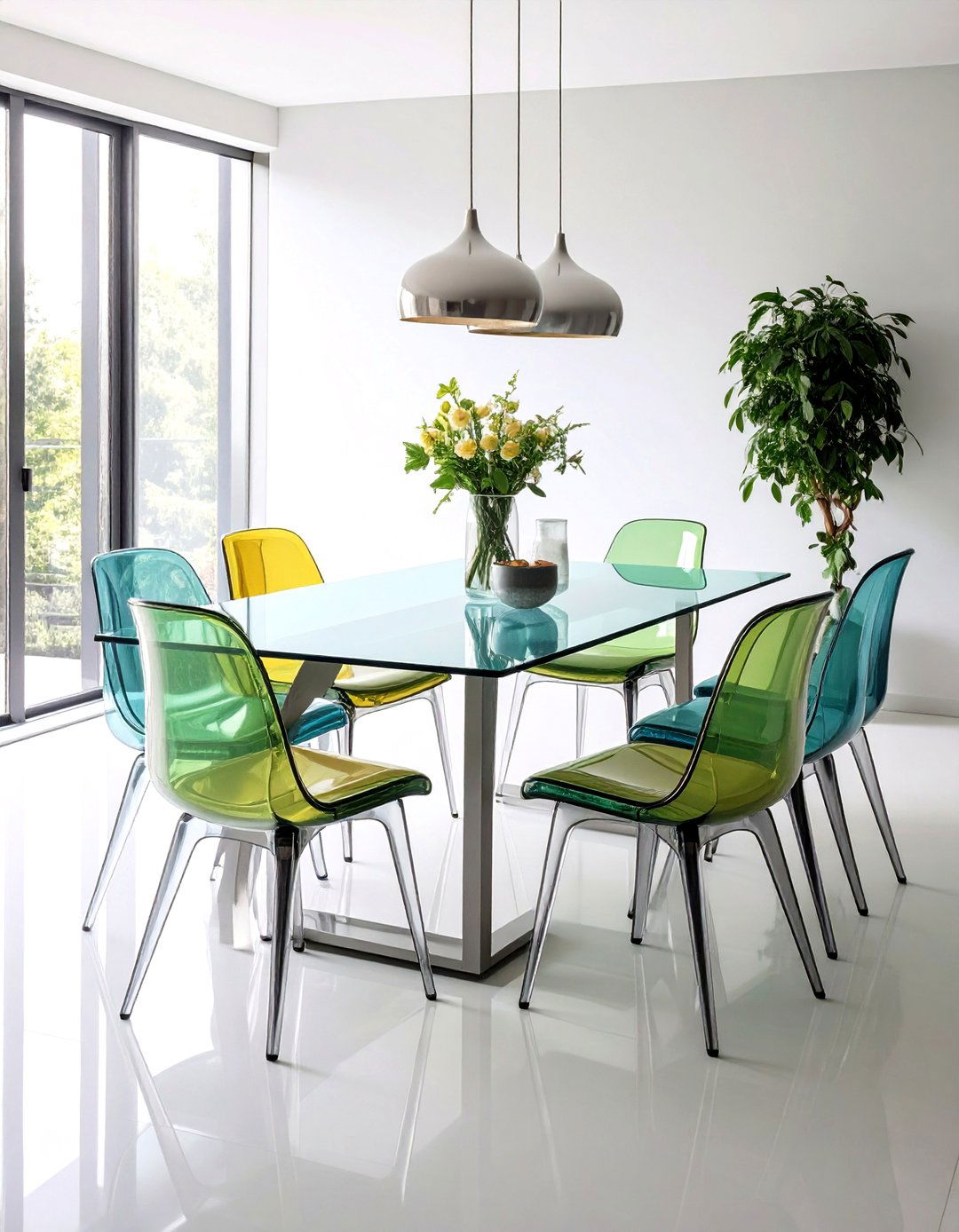
Choosing tables and chairs made of glass, acrylic, or other transparent materials visually lightens the room by allowing sightlines to pass through furniture—creating an airy, uncluttered feel. Glass-top tables paired with clear acrylic chairs maintain functionality while minimizing visual weight. Lucite stools or side chairs can be tucked into corners or underneath tables without interrupting the design flow. The result is a contemporary, open atmosphere that feels larger than the actual square footage.
4. Round Tables for Traffic Flow
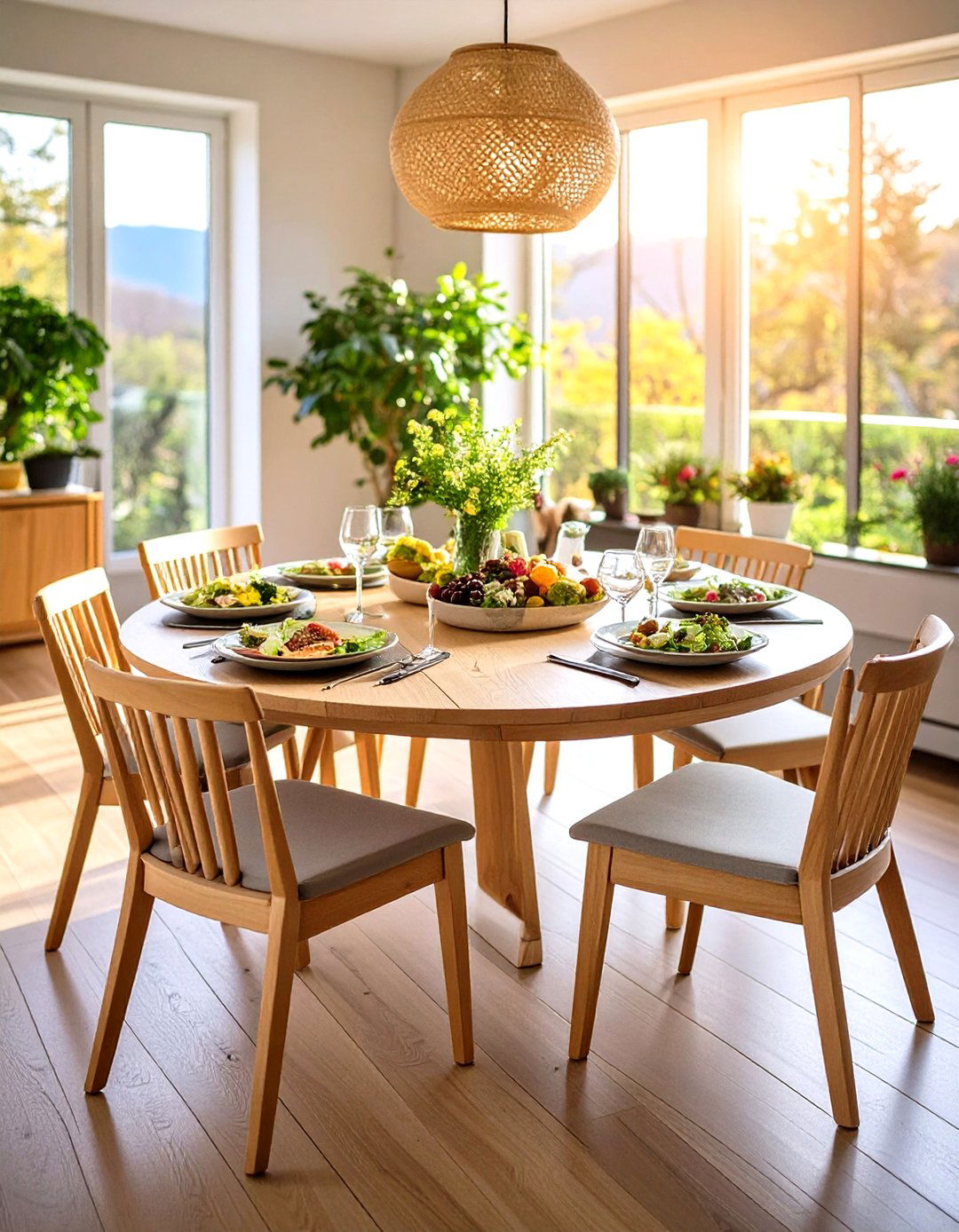
Opting for a round dining table eliminates sharp corners and improves circulation in tight spaces. The absence of corners allows chairs to pull in closer to walls without causing a blockage, and diners can move around freely. Round tables also promote conversation by seating guests more closely in a circular formation. Sizes ranging from 36 to 48 inches in diameter can accommodate two to four people comfortably in a compact footprint, making them ideal for narrow breakfast nooks or small dining rooms.
5. Bench Seating with Hidden Storage
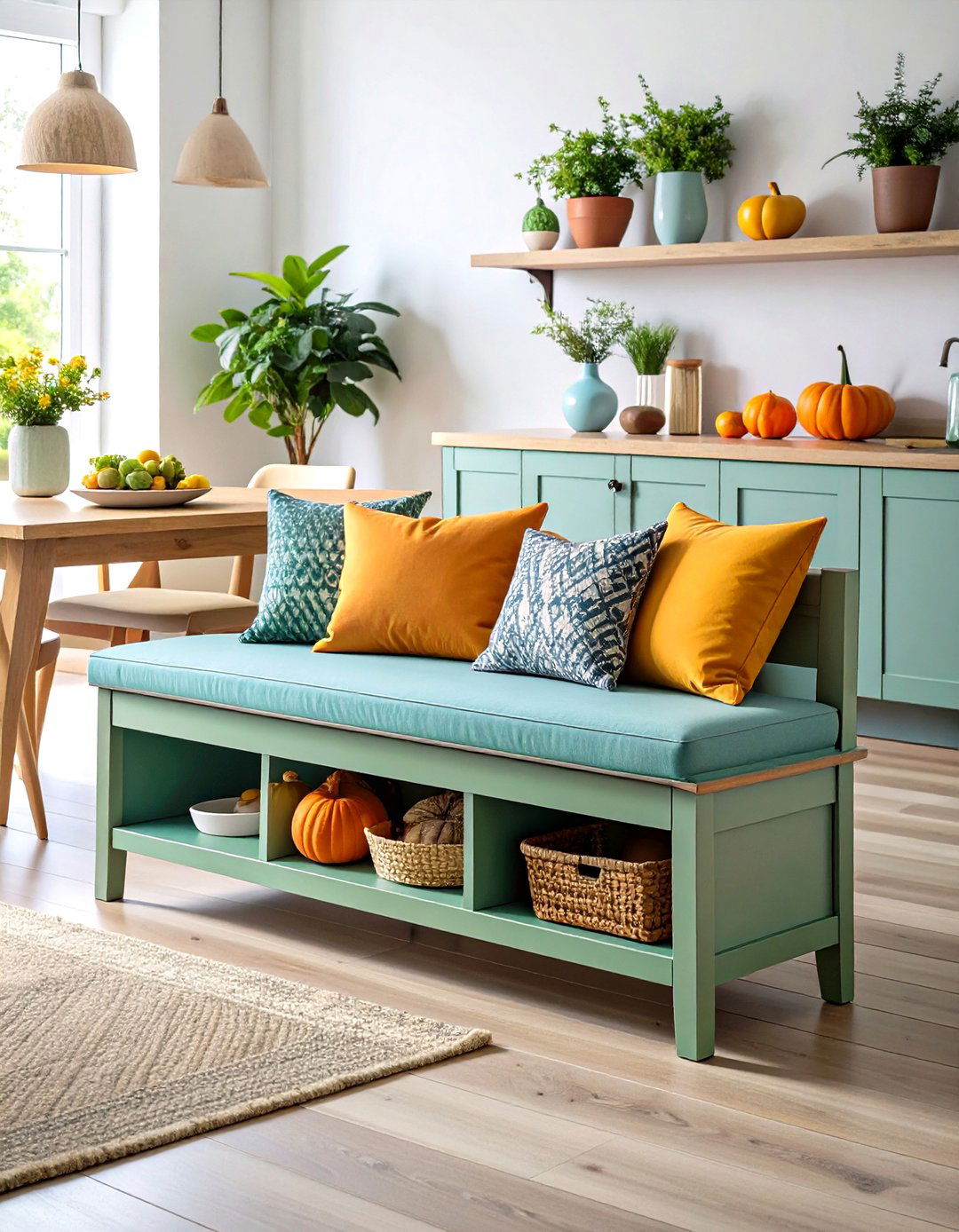
Standalone benches with lift-top seats or built-in cubbies offer dual functionality: additional seating and essential storage. Positioning a storage bench along one side of the table means fewer chairs are required, saving space. Use the hidden compartment for seasonal table linens, extra cushions, or even children’s artwork supplies. Bench seating can also be styled with tailored cushions and slipcovers to coordinate with the room’s palette, keeping everything organized and visually cohesive.
6. Wall-Mounted Folding Tables
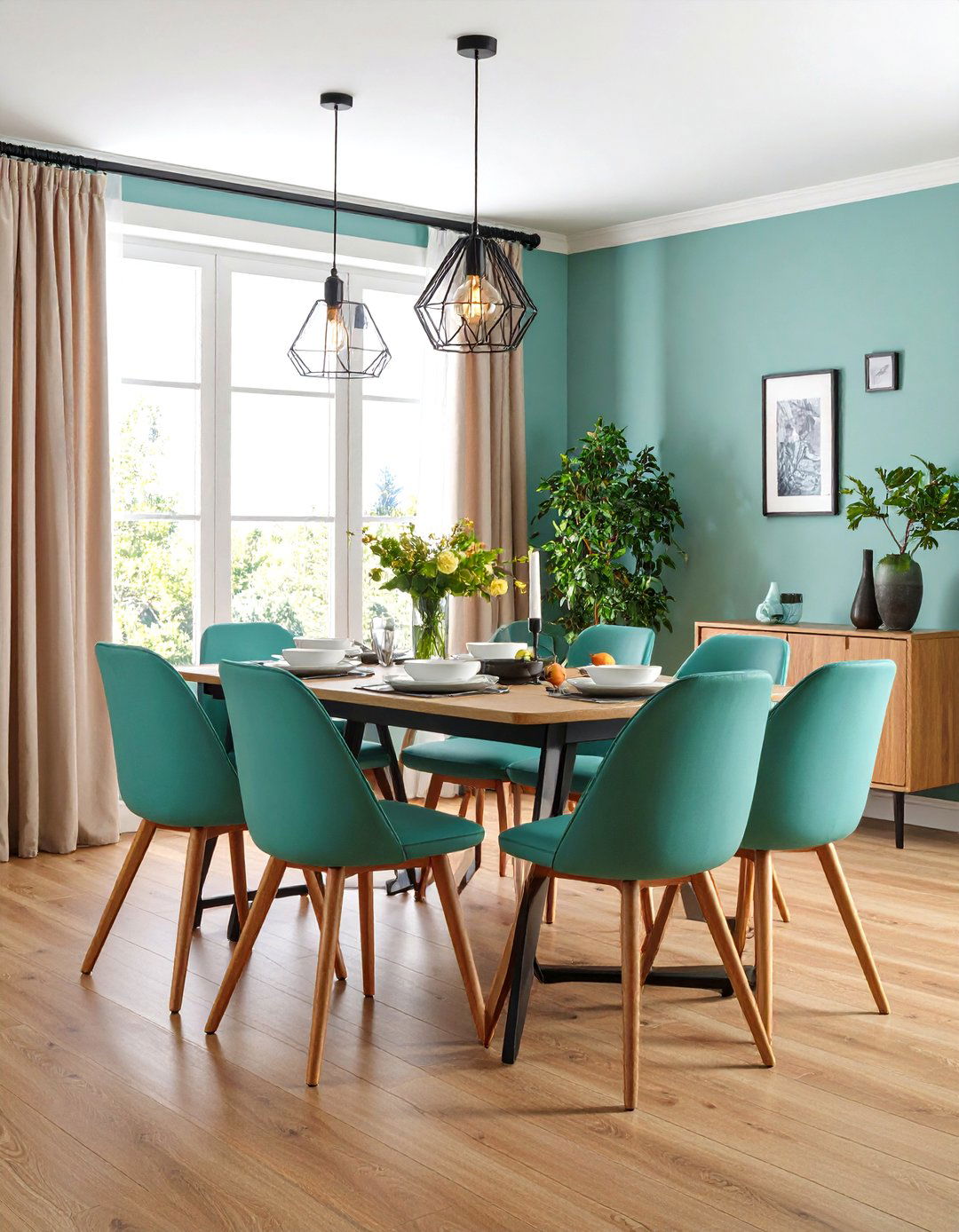
A wall-mounted folding table that drops down only when in use is perfect for maximally squeezed quarters. When folded flat against the wall, it serves as décor—perhaps framed by a gallery wall or backed by decorative wallpaper—until unfolded for dining. Hardware options range from sleek piano hinges to decorative brackets that add character. This solution works well in studio apartments or narrow corridors converted into dining nooks, reclaiming floor space at a moment’s notice.
7. Mirrors and Reflective Surfaces
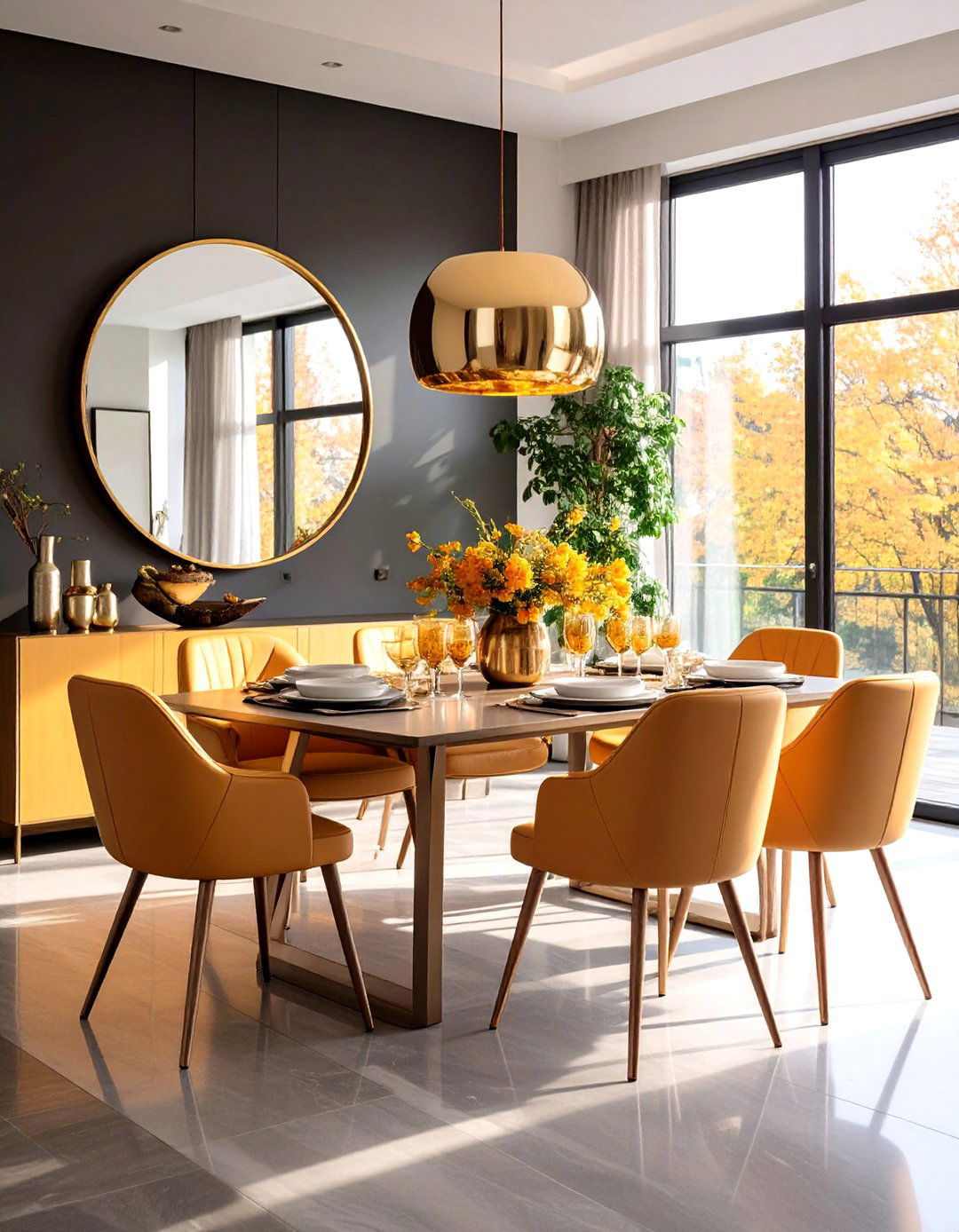
Integrating large mirrors on one wall or using mirrored backsplash panels amplifies natural and artificial light, creating the illusion of depth. A mirror positioned across from a window doubles sunlight, brightening the space. Metallic finishes on furniture legs, lighting fixtures, and décor accessories bounce light throughout the room. This reflective strategy visually expands walls, making your dining area feel more open and airy even when square footage is limited.
8. Light, Neutral Color Palettes
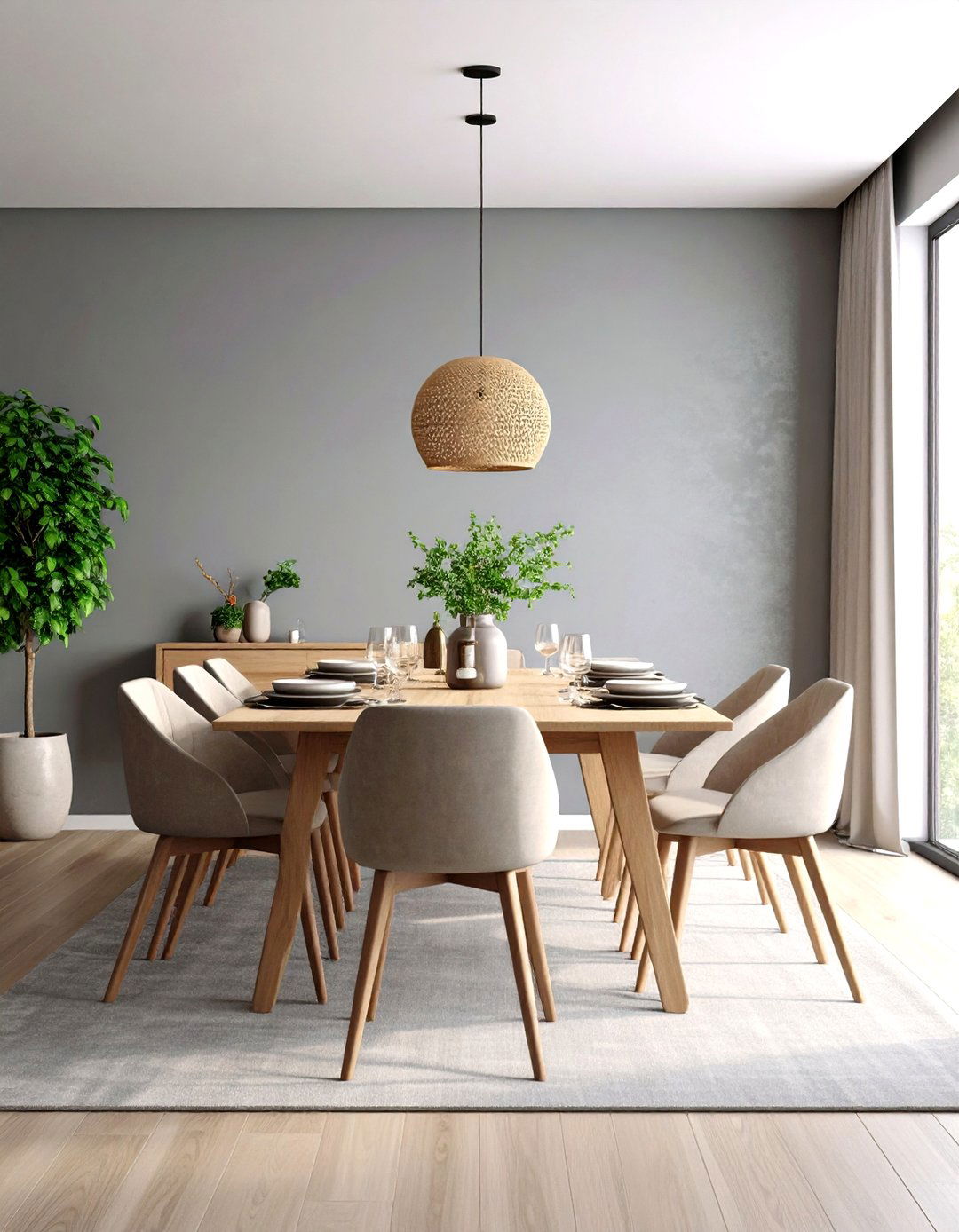
A palette dominated by whites, soft grays, and pastels instantly enlarges small rooms by reflecting light. Painting walls, ceilings, and trim in light hues—and choosing matching dining furniture—creates a seamless, continuous look that avoids visual breaks. Accents in muted tones, such as pale blues or blush pinks, add warmth without clashing. This serene backdrop allows any bold artwork or statement décor to stand out without overcrowding the space.
9. Slim, Armless Chairs
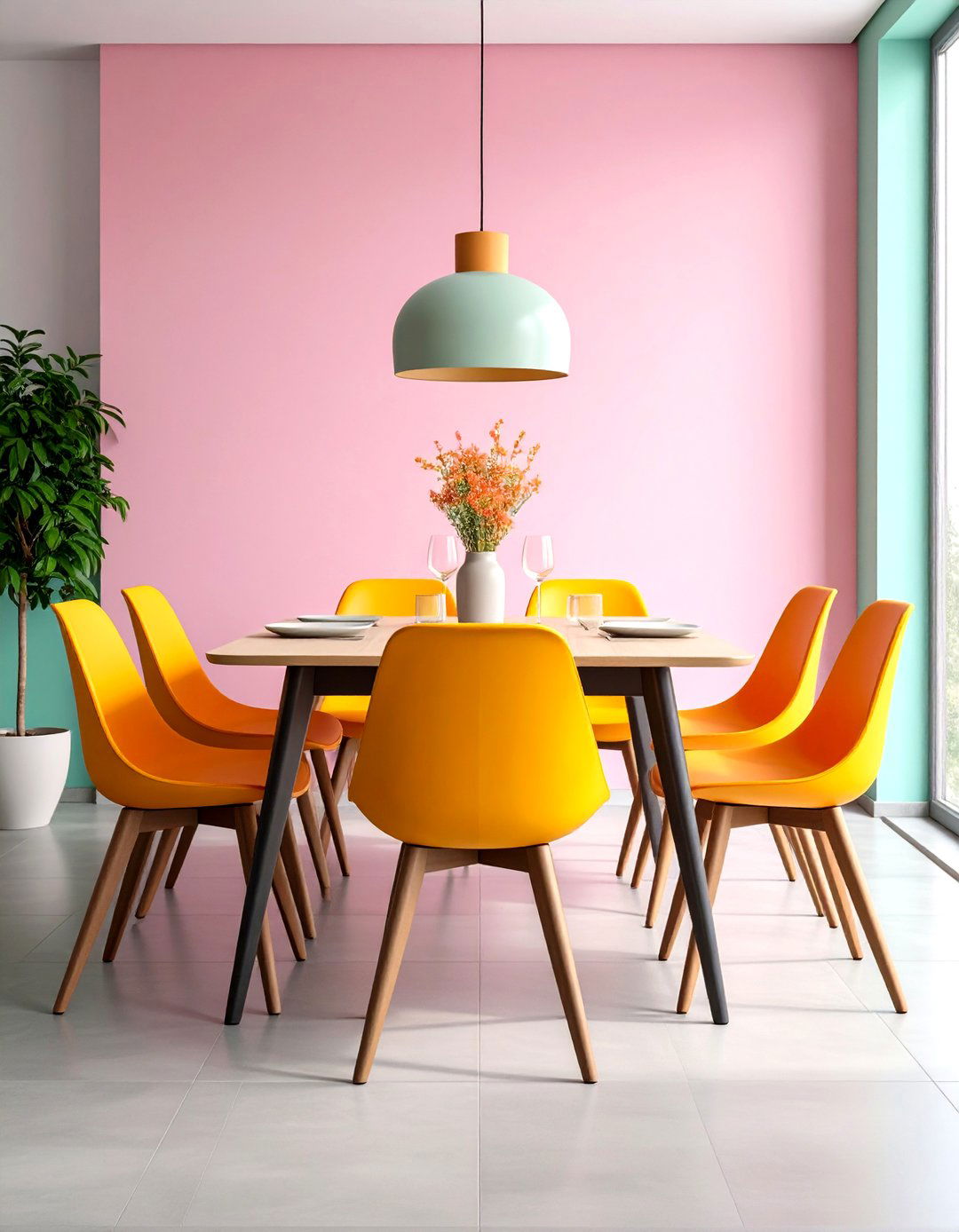
Selecting chairs with narrow profiles and no armrests enables more seating in tight quarters. Slender metal or wood frames maintain comfort while consuming minimal floor space. Armless side chairs can be slid fully under the table between meals, keeping aisles unobstructed. When curated in a matching set, they create a streamlined look; mixing styles adds visual interest without diminishing the room’s openness.
10. Floating Shelves for Décor and Storage
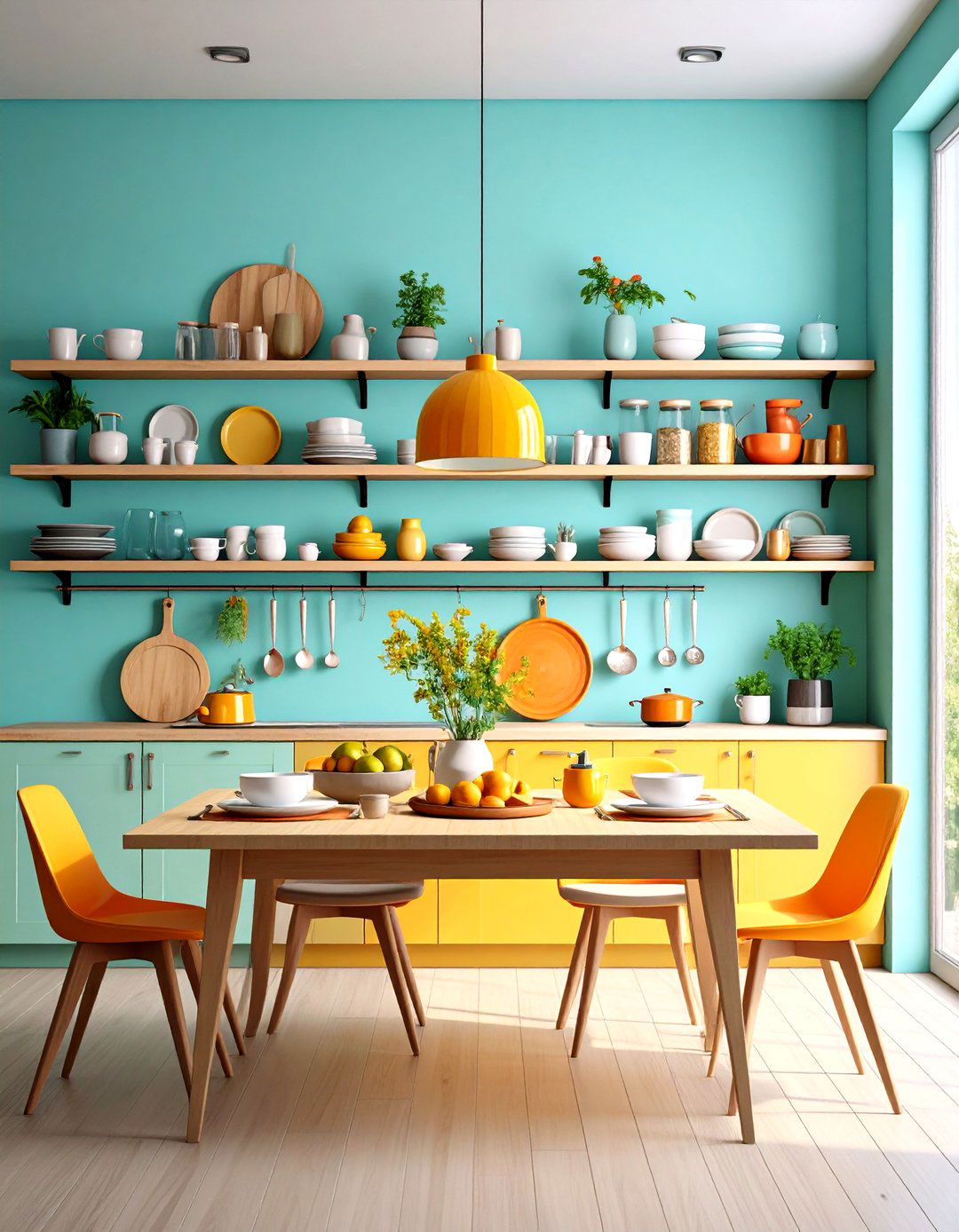
Installing floating shelves above a dining table provides a platform for decorative plates, artwork, or potted plants without the bulk of cabinets. These shelves keep essential items—like extra glassware or cookbooks—within easy reach while preserving floor space. Grouping shelves in staggered arrangements draws the eye upward, emphasizing ceiling height. Accent lighting beneath each shelf can illuminate the tabletop and enhance ambiance during evening meals.
11. Statement Light Fixtures

In a small room, a bold pendant or chandelier anchors the dining area and draws focus upward. Oversized lighting, sized to be no more than half the table’s width, makes a dramatic impact without overwhelming the space. Artistic fixtures in sculptural shapes or warm metals introduce personality and can serve as the room’s central décor piece. Dimmable bulbs offer versatility, transitioning from bright meal preparation light to soft, intimate dinner glow.
12. Multi-Functional Furniture Pieces
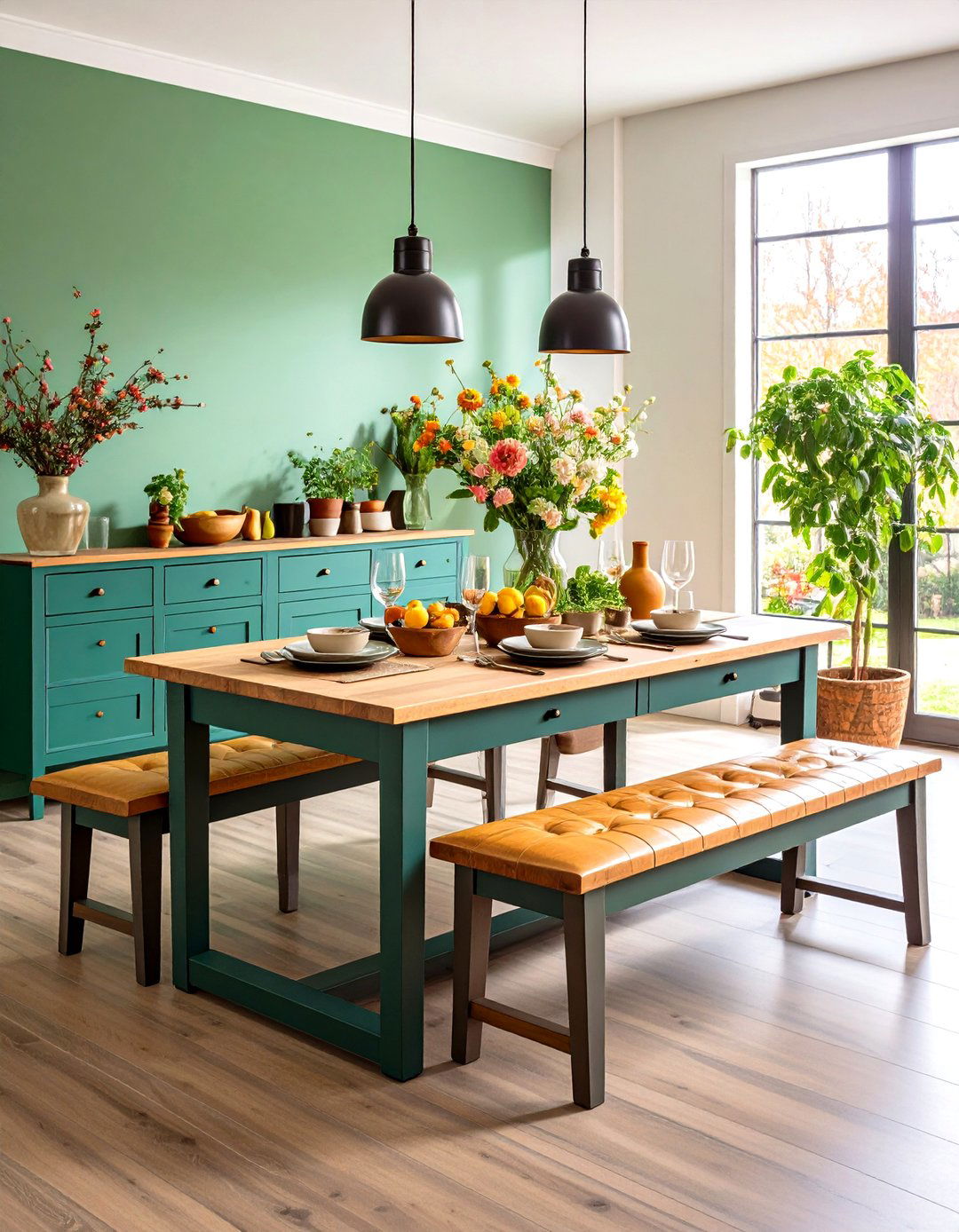
Combining seating and storage in one piece—such as a bench with shelving beneath or a table with built-in drawers—maximizes utility. Convertible furniture, like extendable tables or modular seating, adapts to different scenarios (from weekdays to dinner parties). Using console tables that double as serving stations, or a credenza that holds dinnerware and functions as a bar cart, reduces the need for extra pieces, preserving open floor space.
13. Vertical Art and Tall Greenery
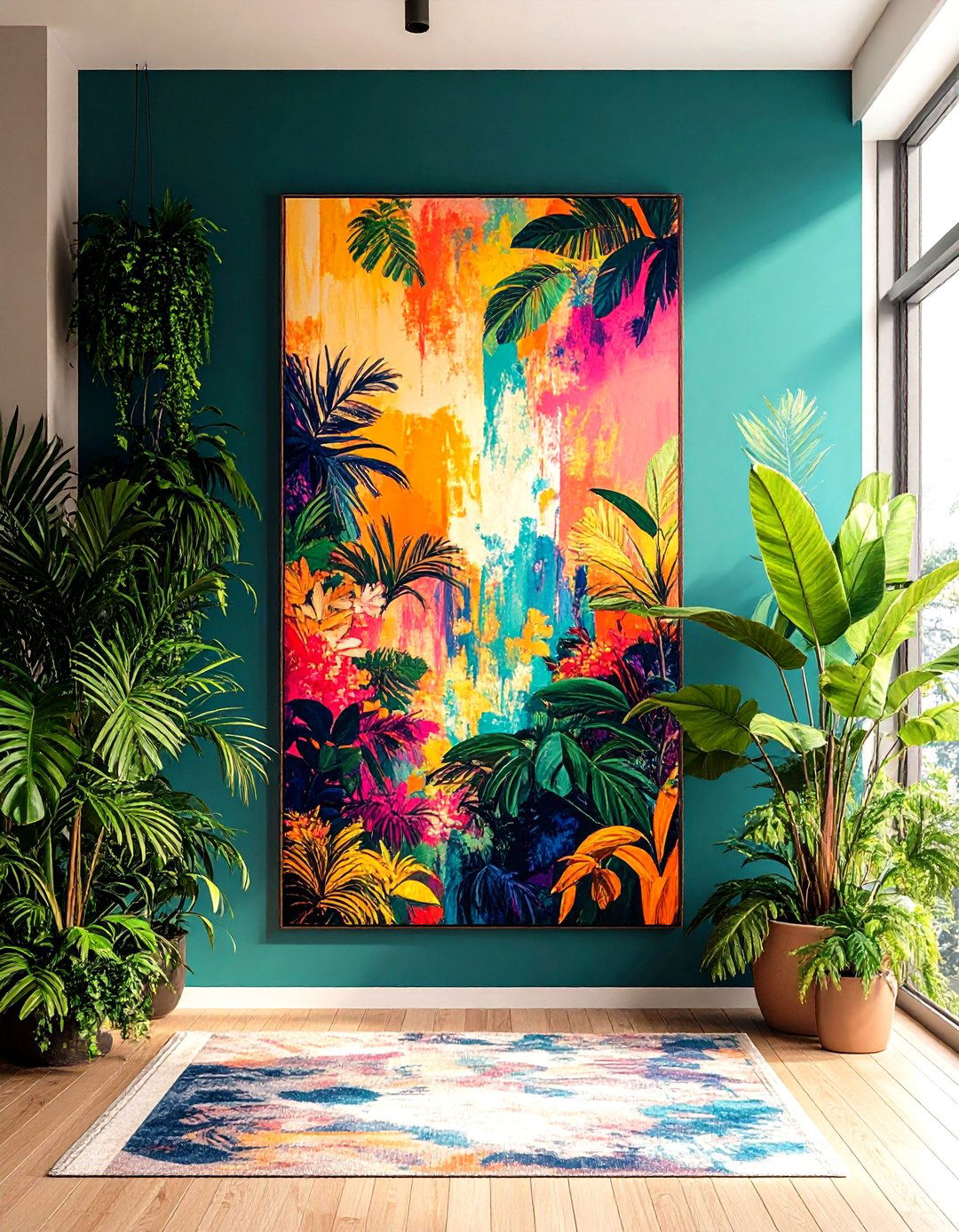
Drawing the eye upward with vertical gallery walls or a cluster of narrow frames makes ceilings appear higher. Select tall indoor plants—like fiddle-leaf figs or snake plants—in corners to soften edges and add life. The combination of vertical décor and greenery creates a sense of height and openness. Distribute frames at staggered heights to maintain a balanced look while keeping the floor footprint minimal.
14. Sliding and Pocket Doors
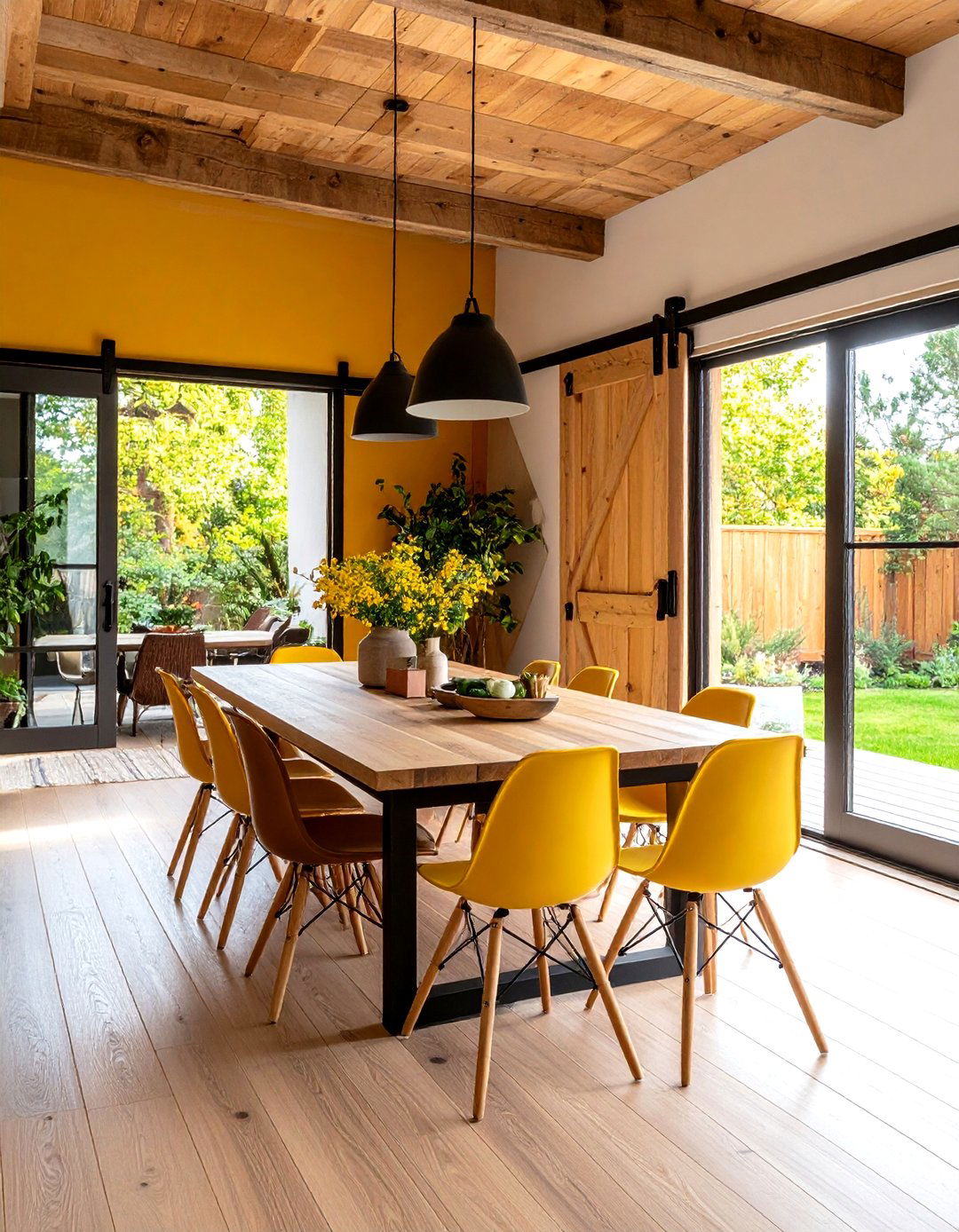
Replacing swinging doors with sliding barn doors or pocket doors frees up floor space and prevents interference with furniture placement. Pocket doors disappear entirely into the wall when opened, while modern sliding options come in glass or mirrored panels to further reflect light. This architectural tweak expands usable square footage and improves traffic flow between the dining room and adjacent areas.
15. Open Shelving and Display Frames
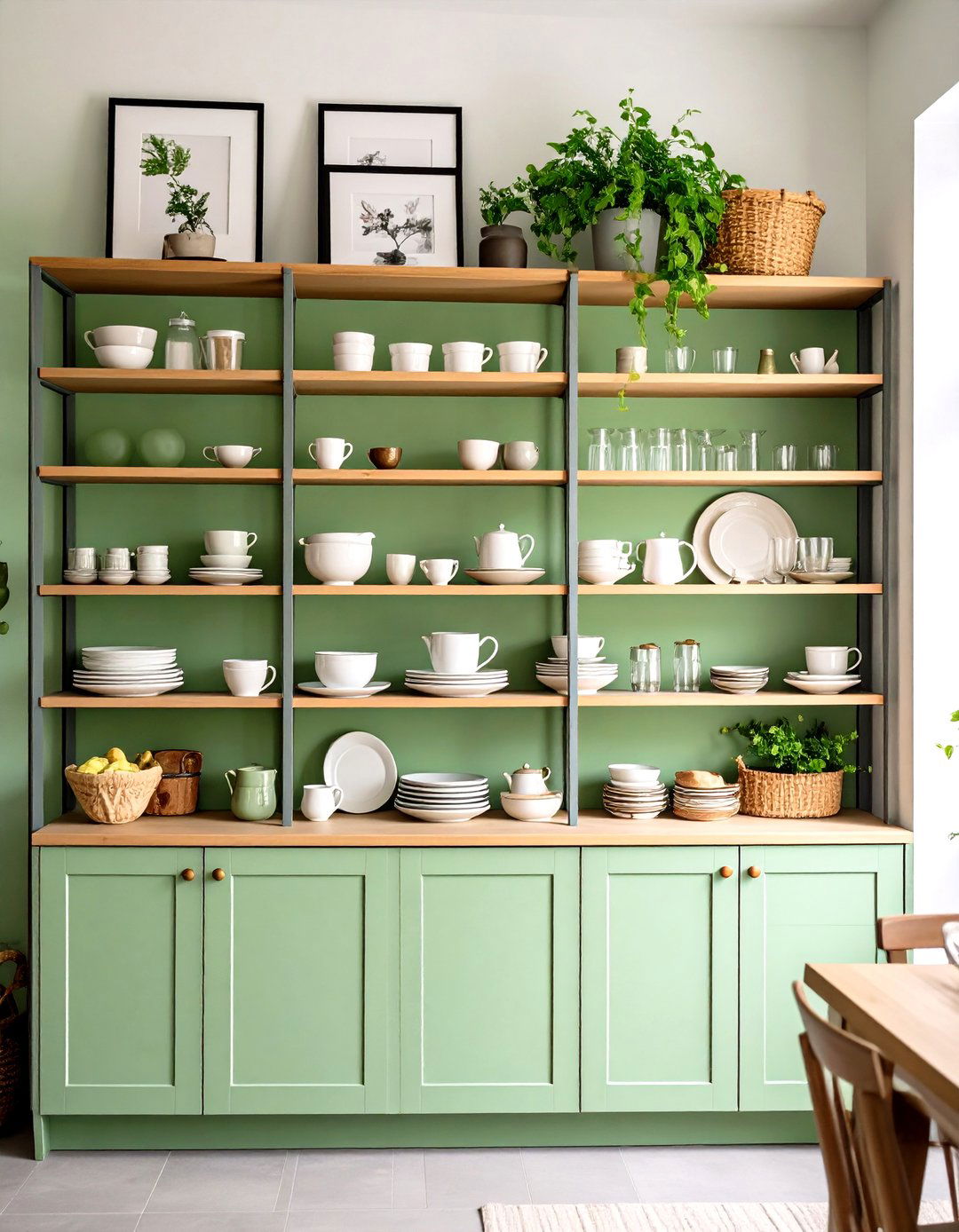
Rather than bulky china cabinets, opt for open shelving units or modular display cubes to showcase your best dinnerware and glassware. This approach keeps items accessible while adding sculptural interest. For a curated look, mix in framed photographs or small art objects. Open shelving appears lighter than closed cabinetry, maintaining an airy feel and preventing the room from looking cramped.
16. Area Rugs to Define the Dining Zone
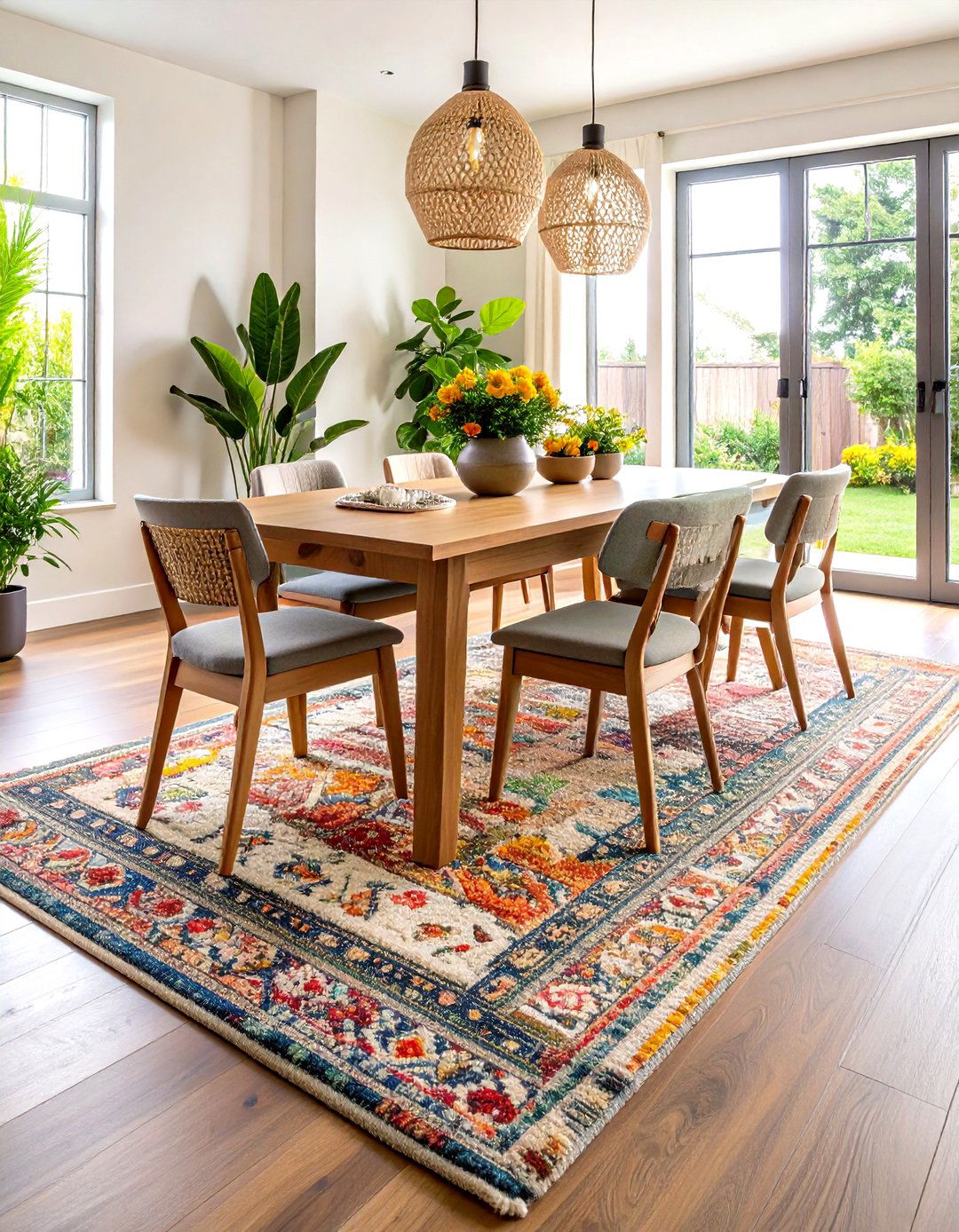
Laying down an appropriately sized rug beneath the table anchors the dining area, delineating it from surrounding spaces in open-plan layouts. Round or rectangular rugs that extend at least 24 inches beyond chairs on all sides ensure chairs remain on the rug even when pulled out. Choose low-pile styles for easy movement and cleaning. A well-chosen rug introduces texture, pattern, and warmth without visually shrinking the room.
17. Minimalist Décor and Clutter Control
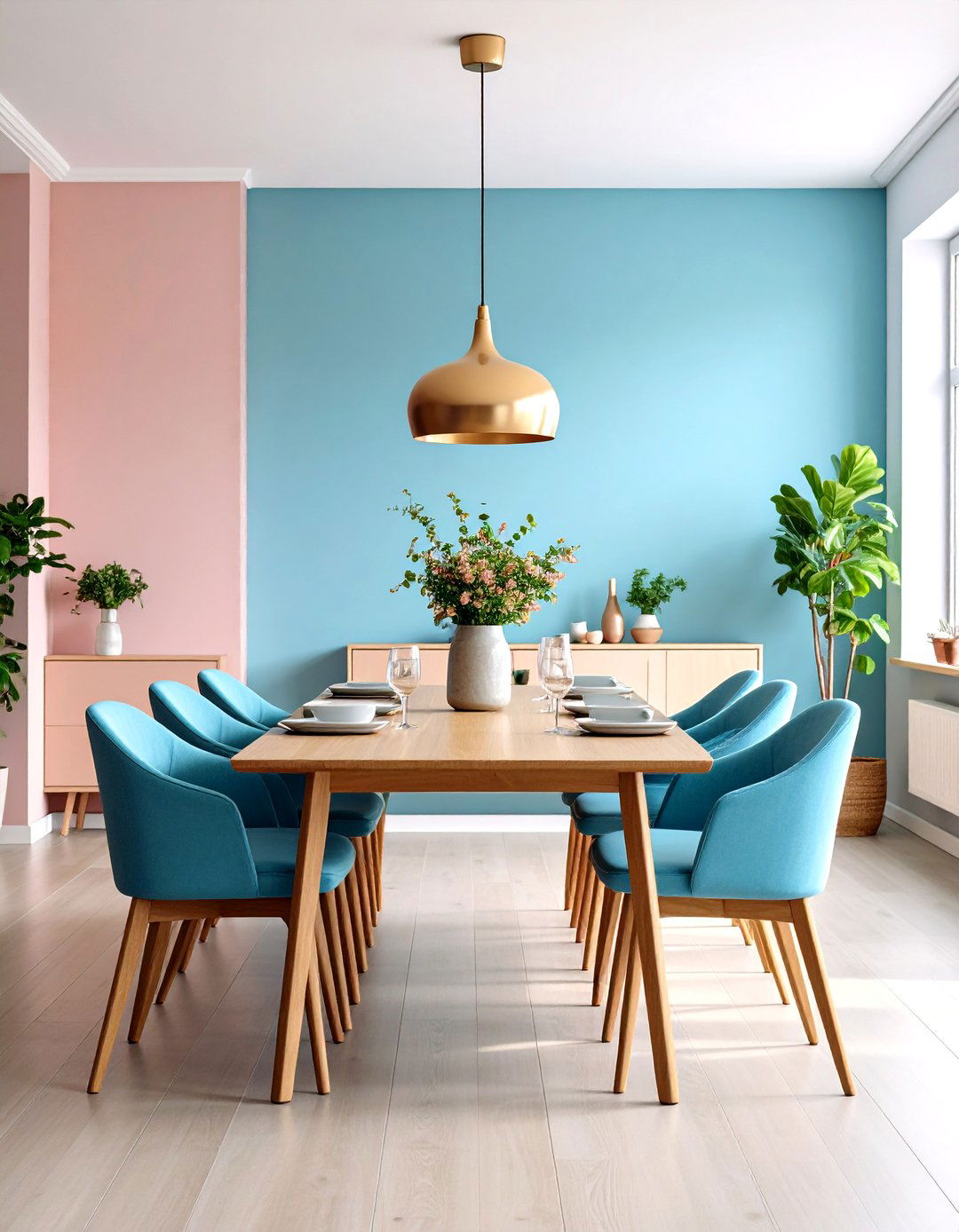
Adopting a “less is more” philosophy keeps the space from feeling overcrowded. Limit tabletop accessories to one or two focal pieces—such as a sculptural vase or a decorative bowl—and store the rest. Concealed storage solutions and cable management for lighting or electronics prevent visual clutter. A clean, minimalist approach enhances the perception of space and highlights architectural details.
18. Mixed Textures and Materials
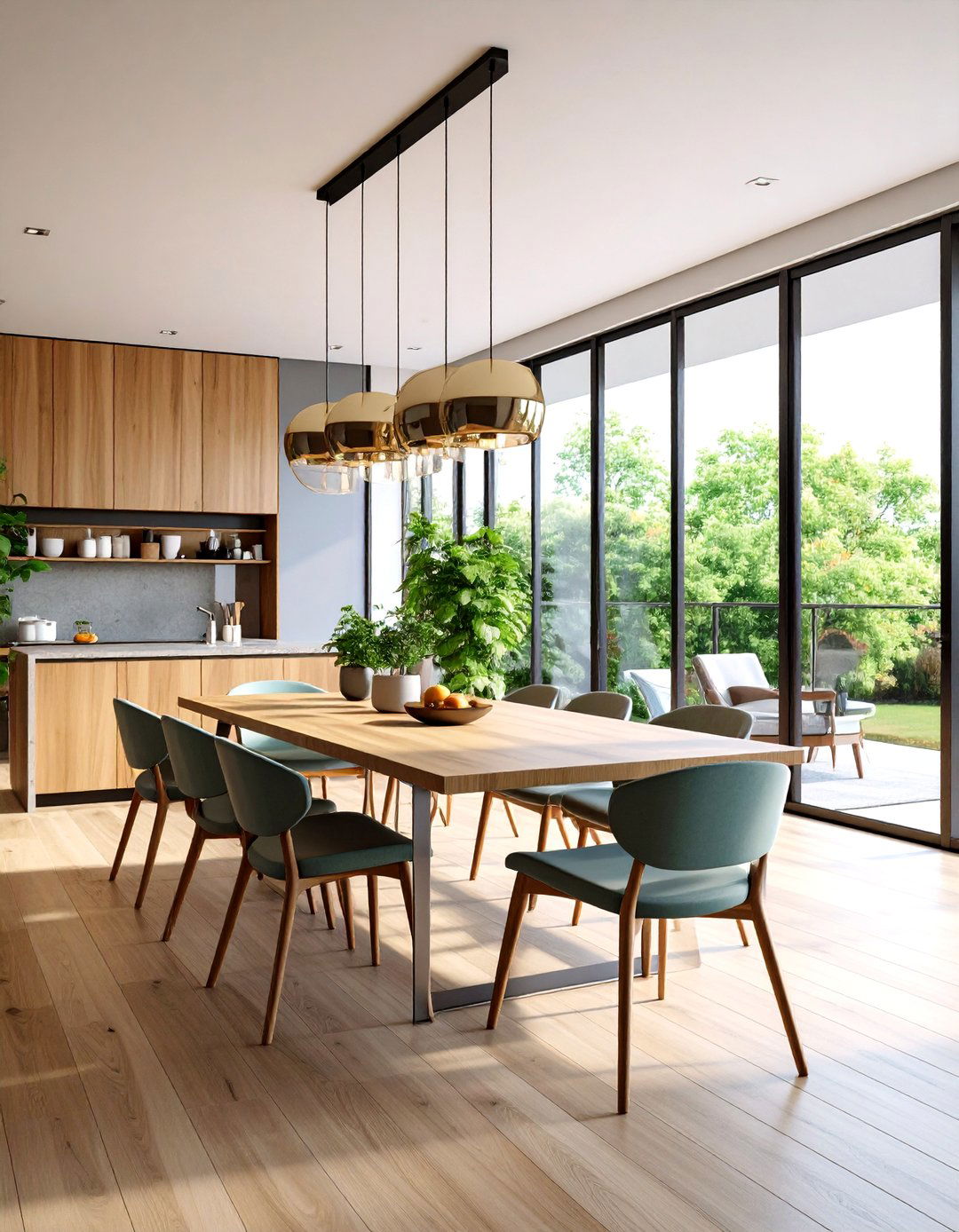
Layering different textures—wood grain tabletops, metal chair frames, woven seat cushions, and glass lighting—adds depth without requiring additional décor items. The contrast between smooth and rough surfaces creates visual interest in a small footprint. Incorporate natural fibers like jute or linen to soften the harder elements, balancing warmth and modernity in a cohesive palette.
19. Accent Walls with Subtle Wallpaper
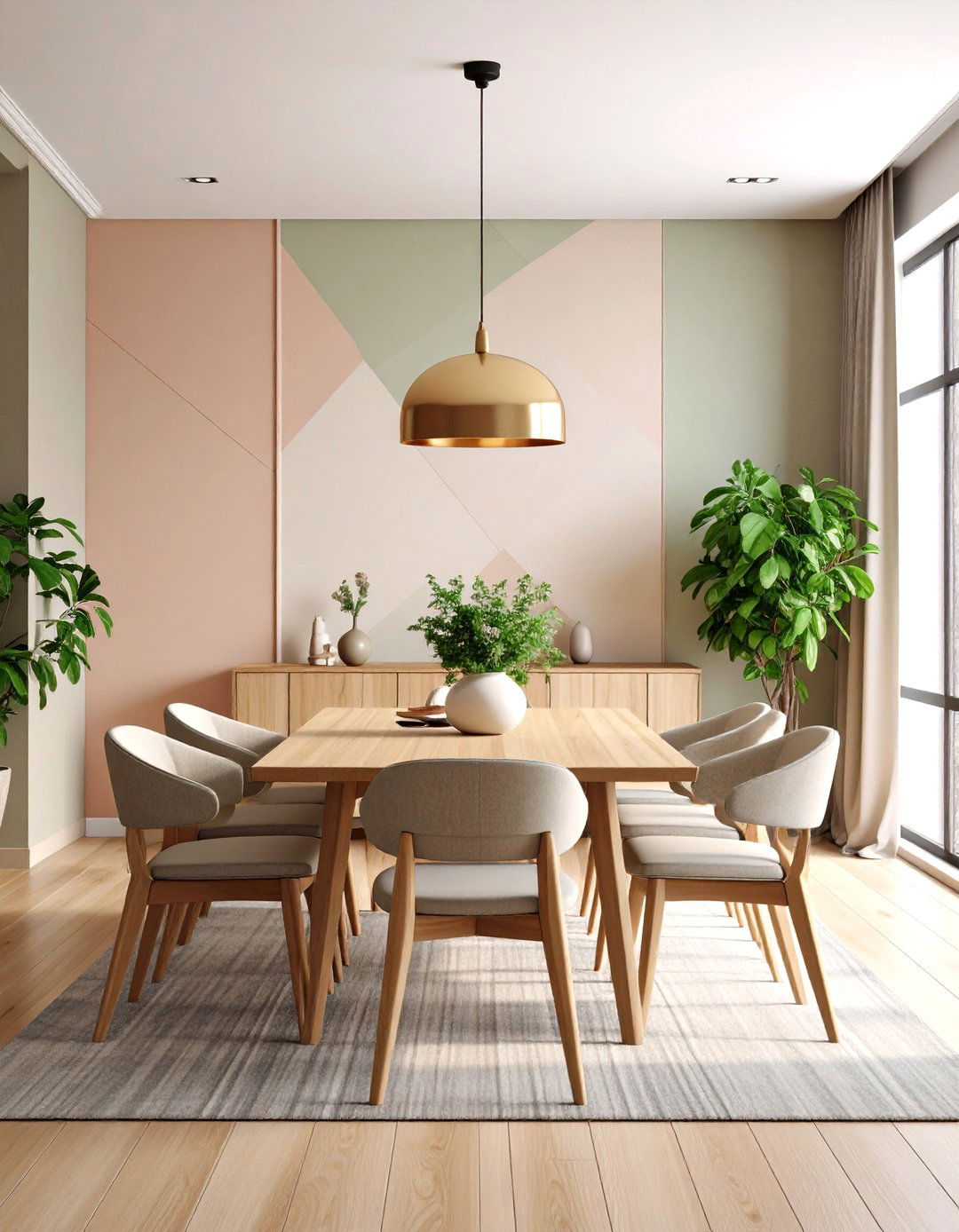
A single accent wall dressed in patterned or textured wallpaper introduces personality while containing the visual impact to one plane. Choose light-reflecting metallic prints or soft geometrics to avoid overwhelming the space. Framing the wallpapered wall with simple trim or molding adds architectural detail. Keeping the remaining walls neutral preserves brightness and prevents the room from feeling enclosed.
20. Transparent or Thin-Profile Accessories
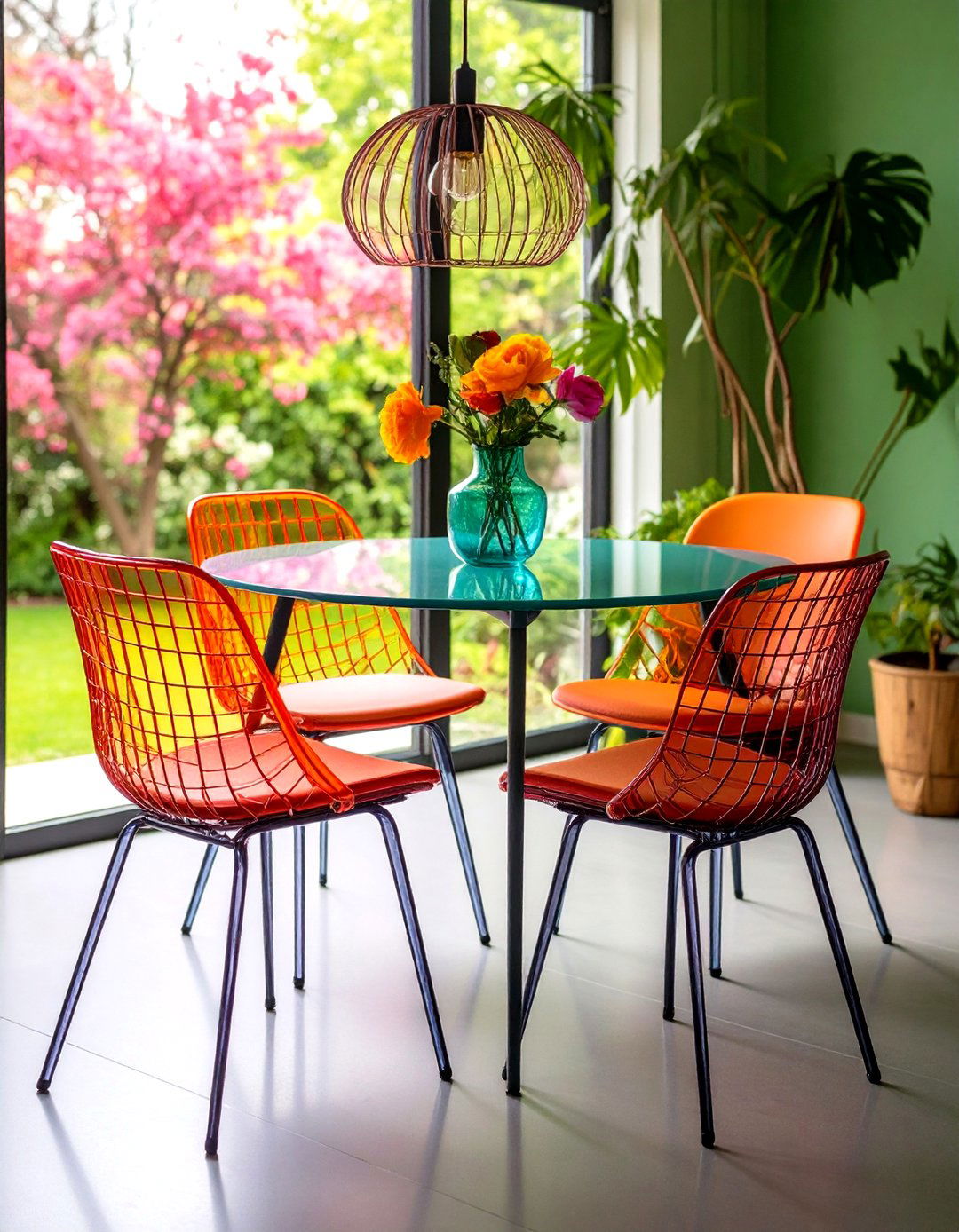
In addition to glass and Lucite furnishings, select slim-profile décor—like wire-frame chairs, narrow stools, or open-worked metal side tables—to maintain sightlines. Transparent or skeletal pieces occupy minimal optical real estate, ensuring the eye flows seamlessly around the room. Even decorative trays or tabletop accents in clear materials help maintain an uncluttered impression while contributing functionally.
Conclusion:
By combining strategic furniture choices, light-reflecting surfaces, and multifunctional elements, even the smallest dining areas can become inviting and well-appointed. Implementing one or more of these ideas will help optimize traffic flow, maximize storage, and enhance visual openness—proving that limited square footage need not limit style or comfort.


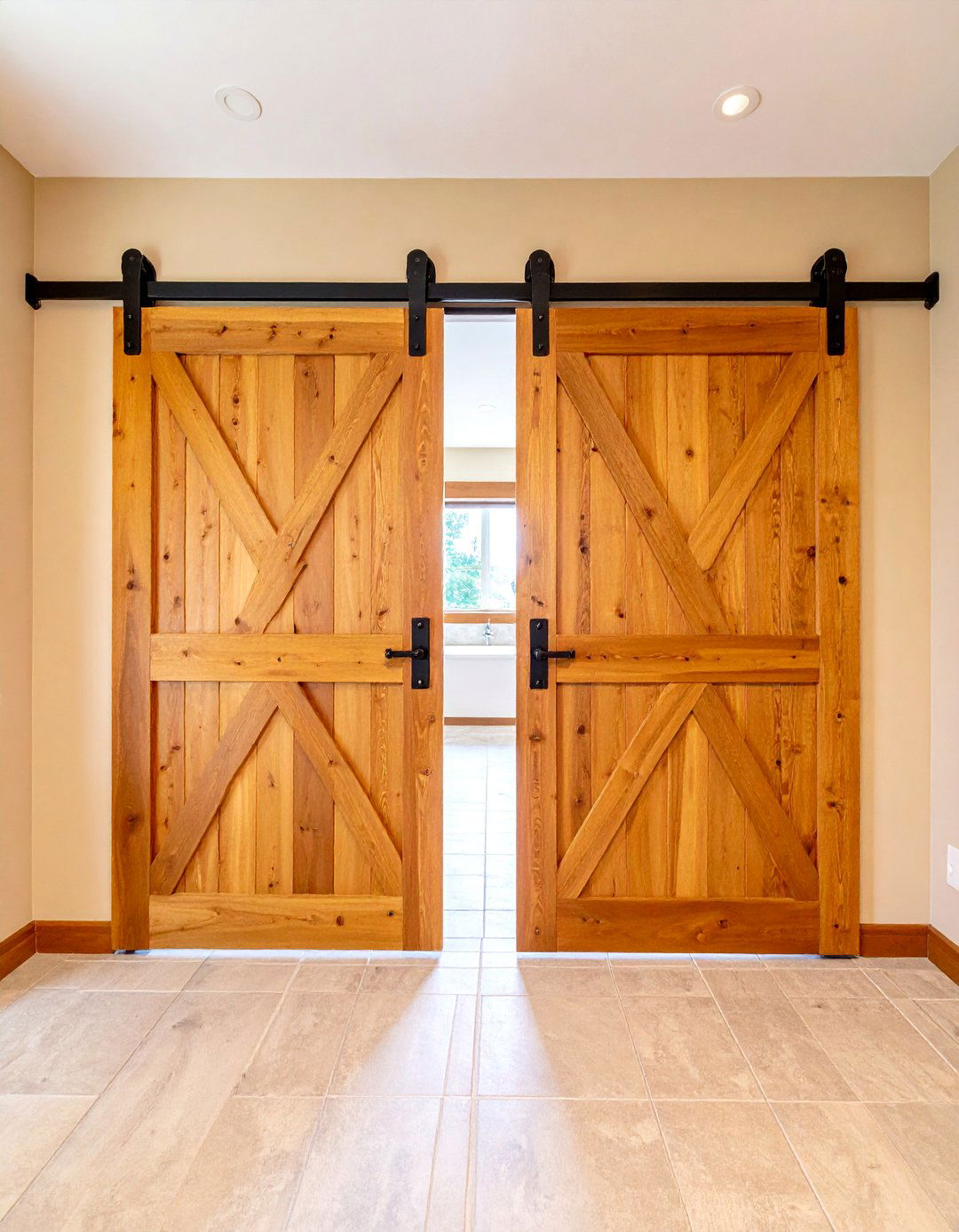
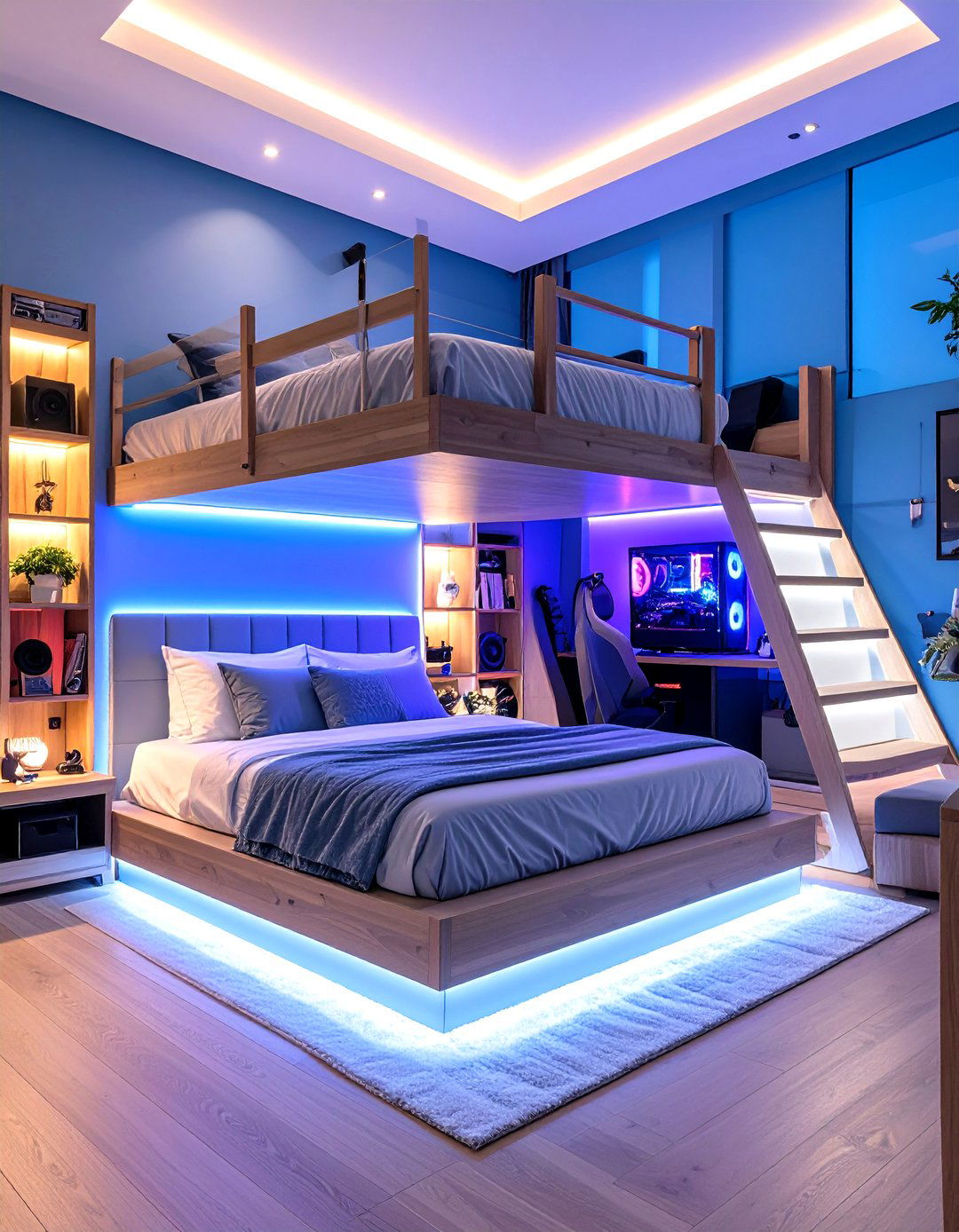
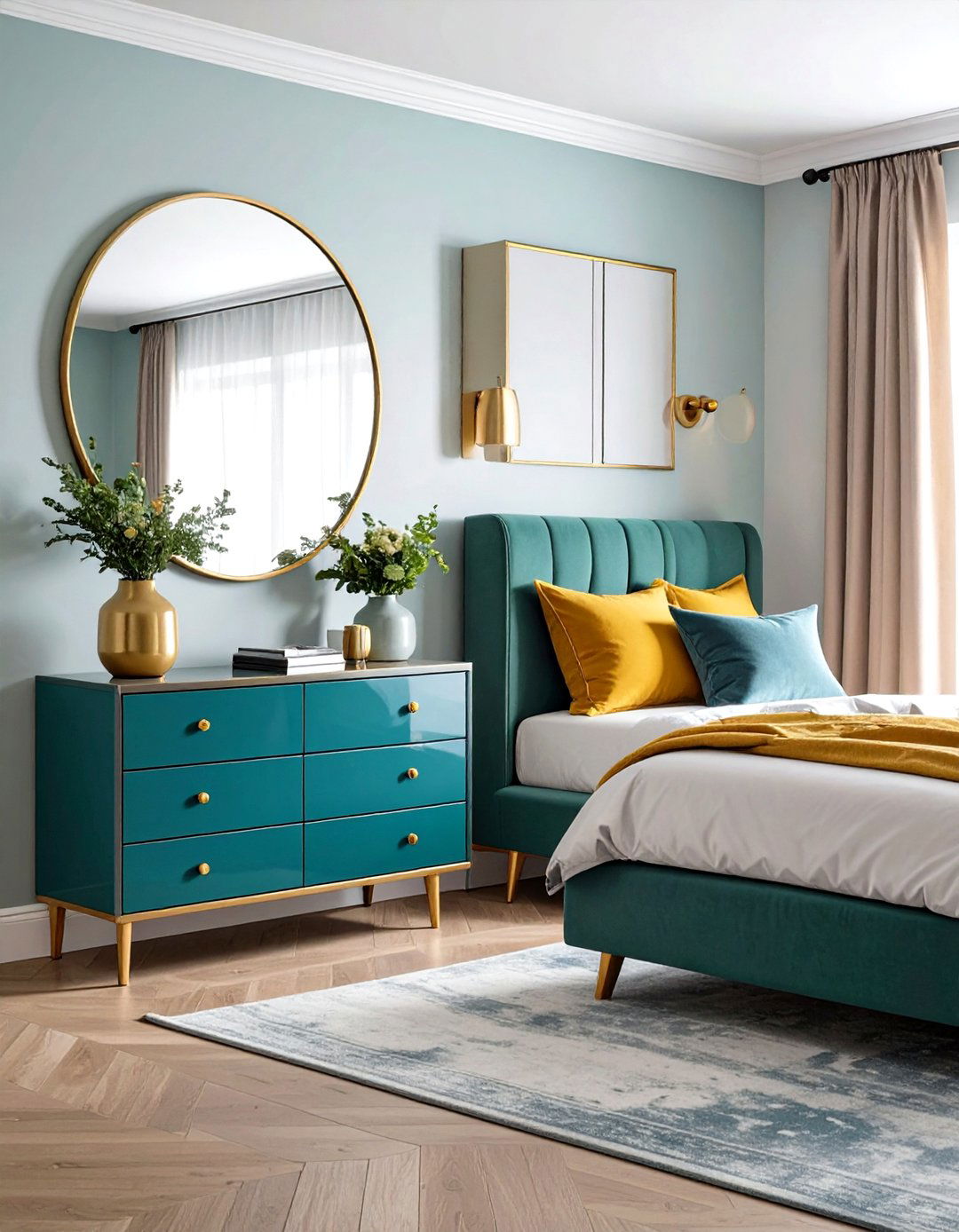
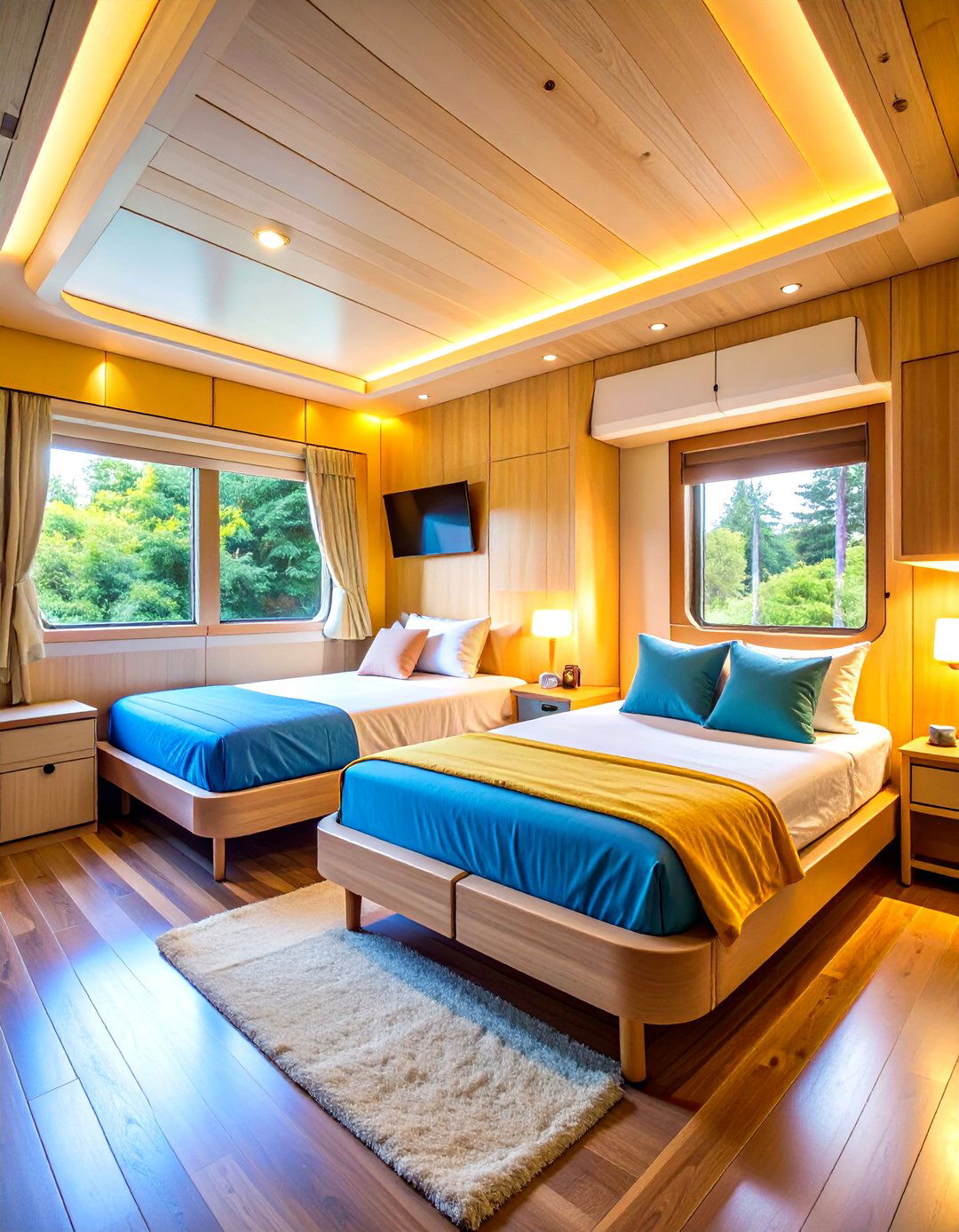
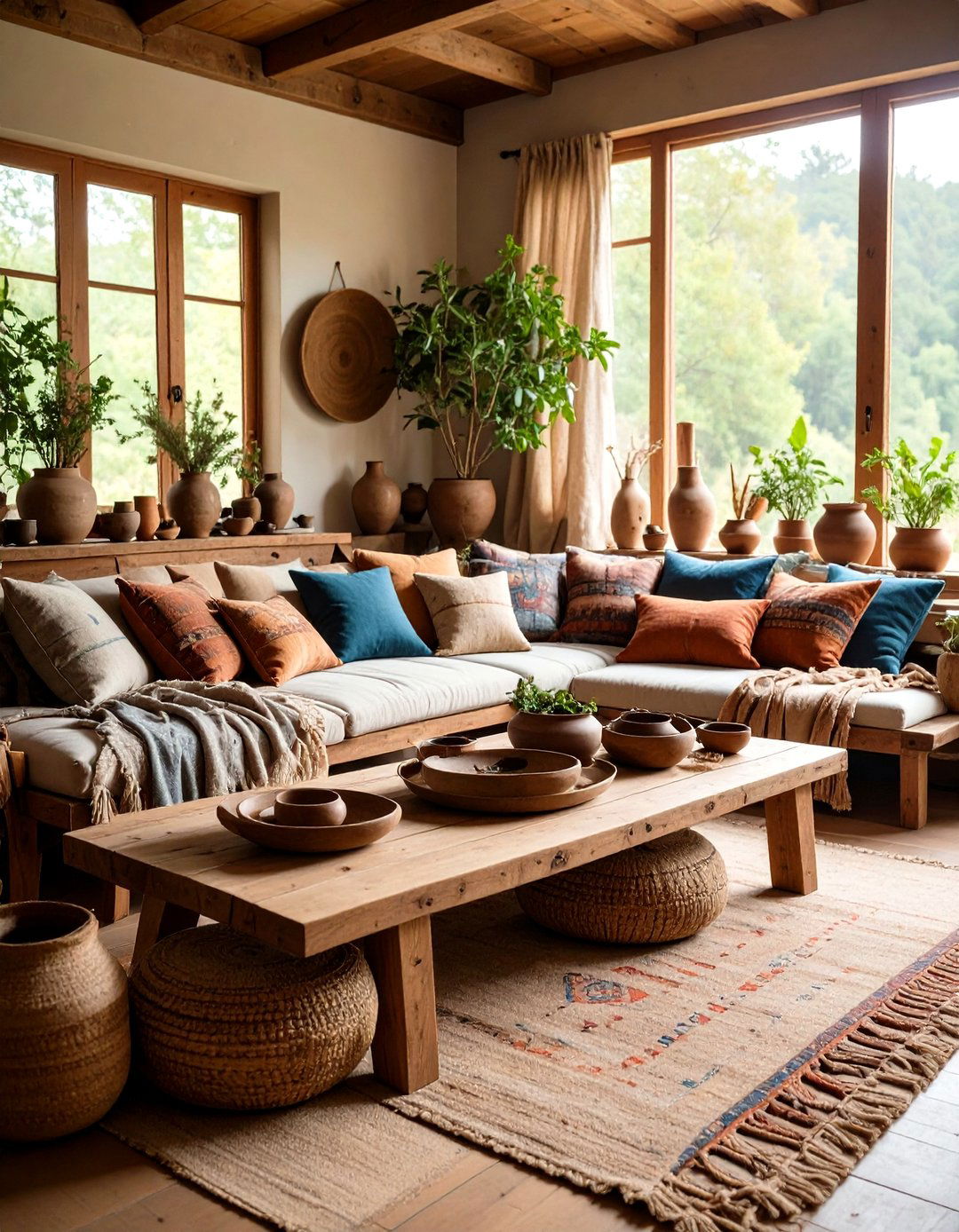
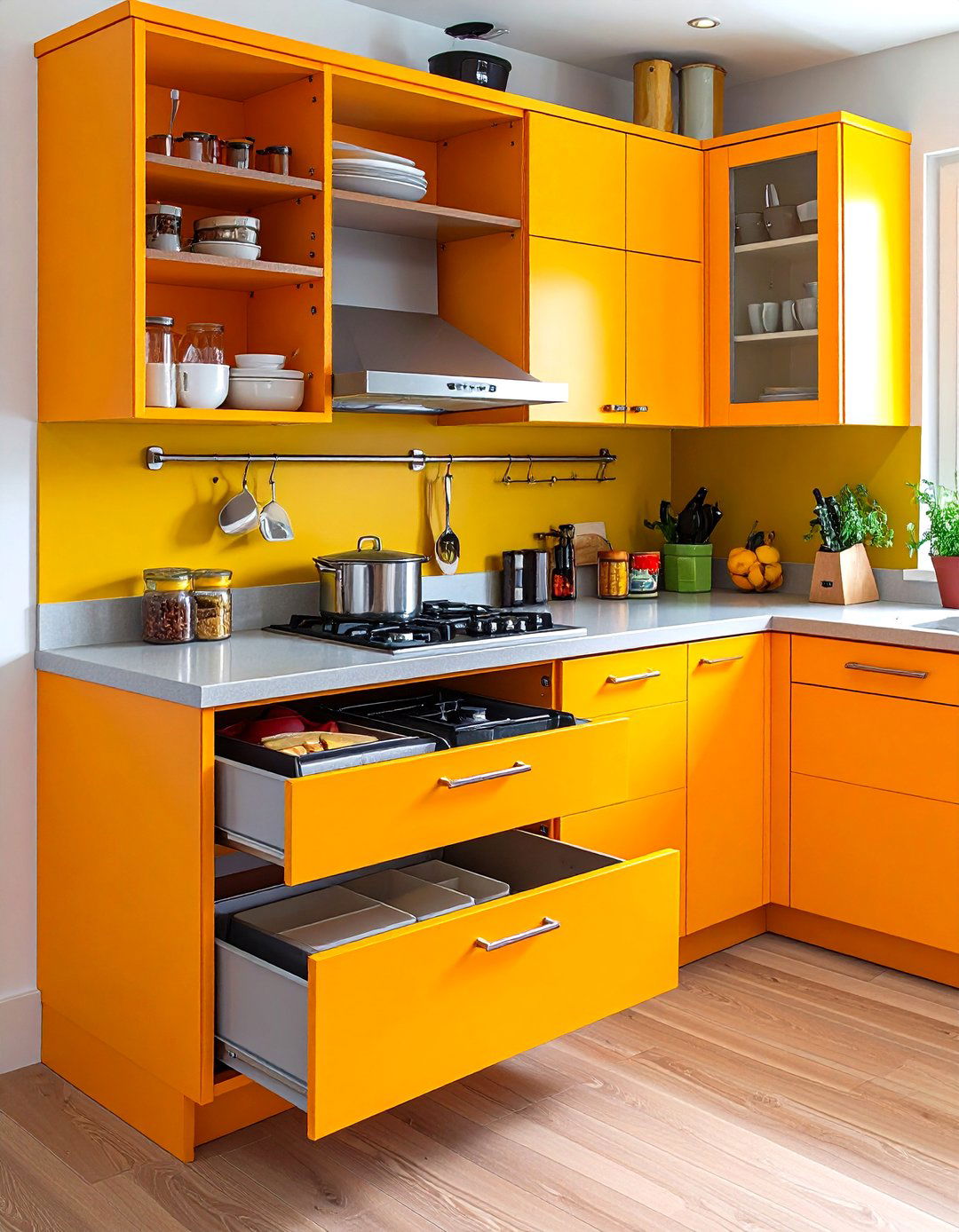
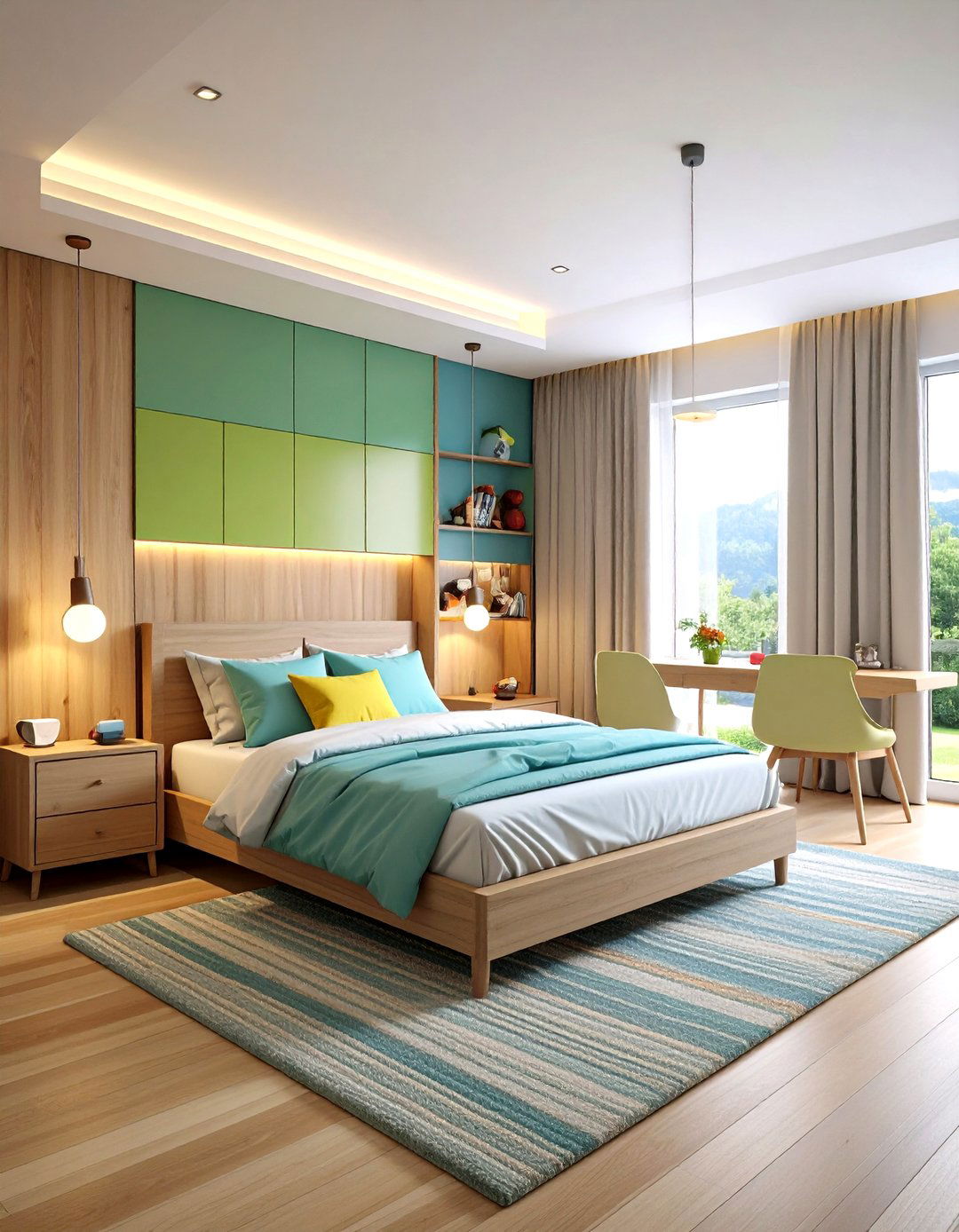
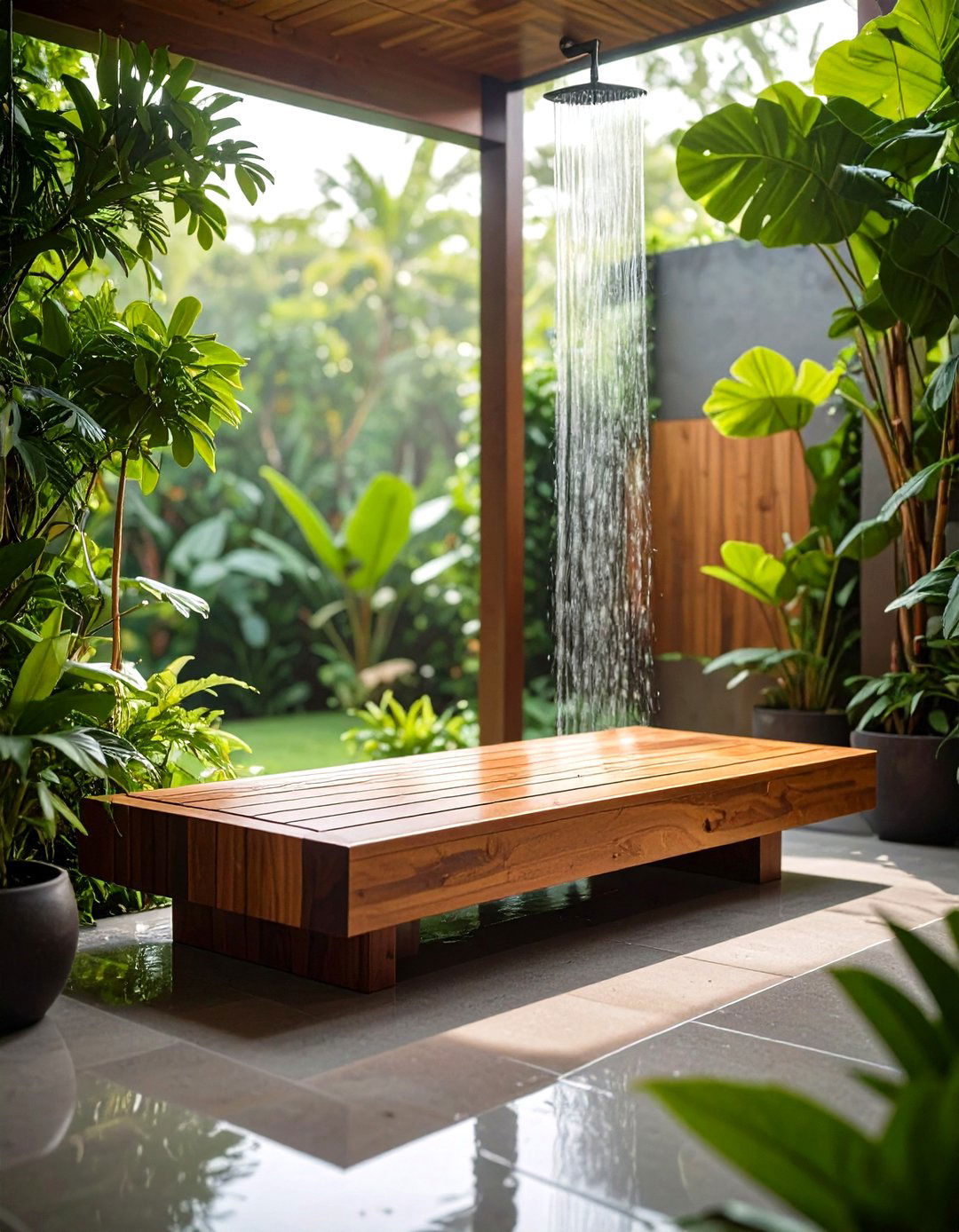
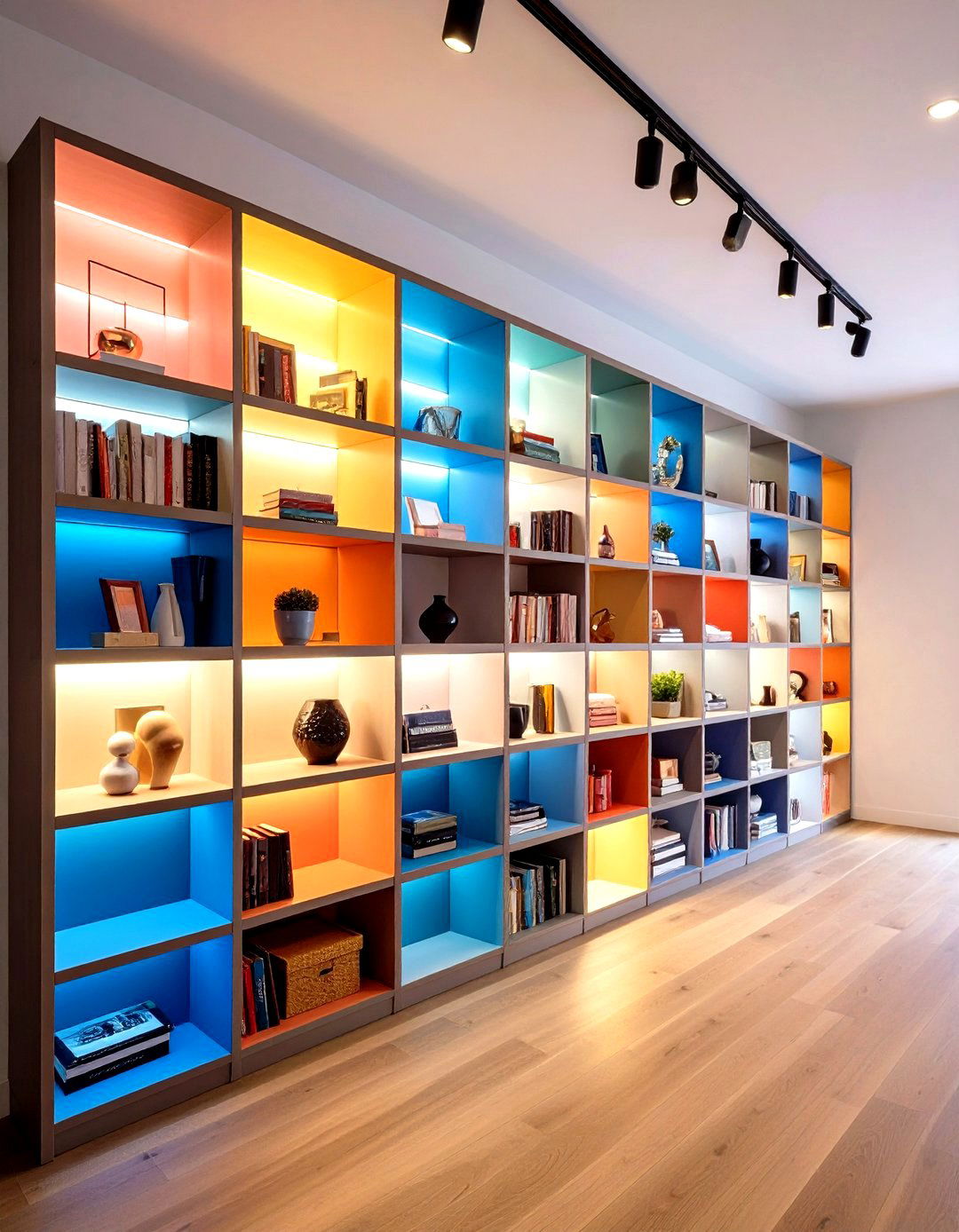

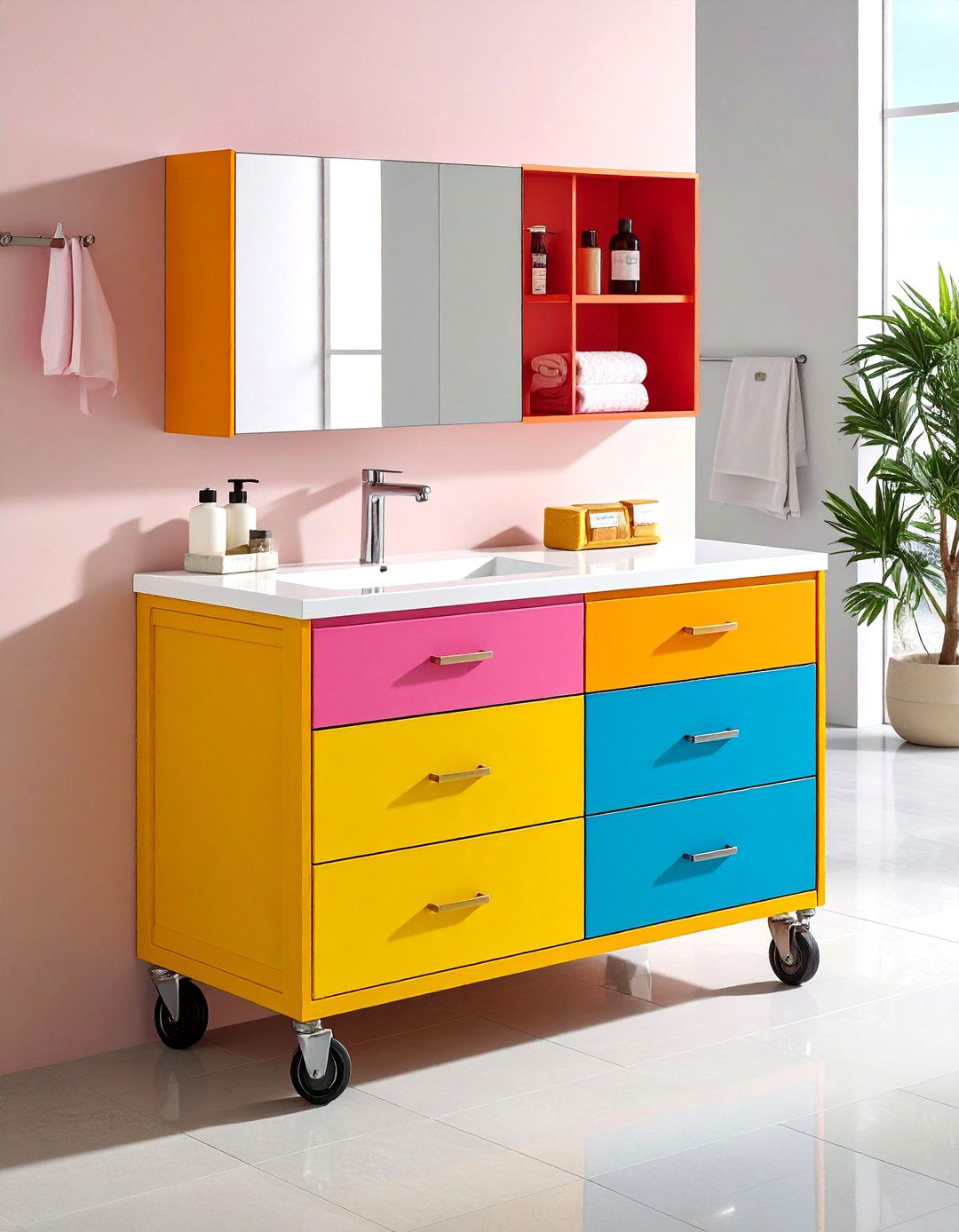

Leave a Reply